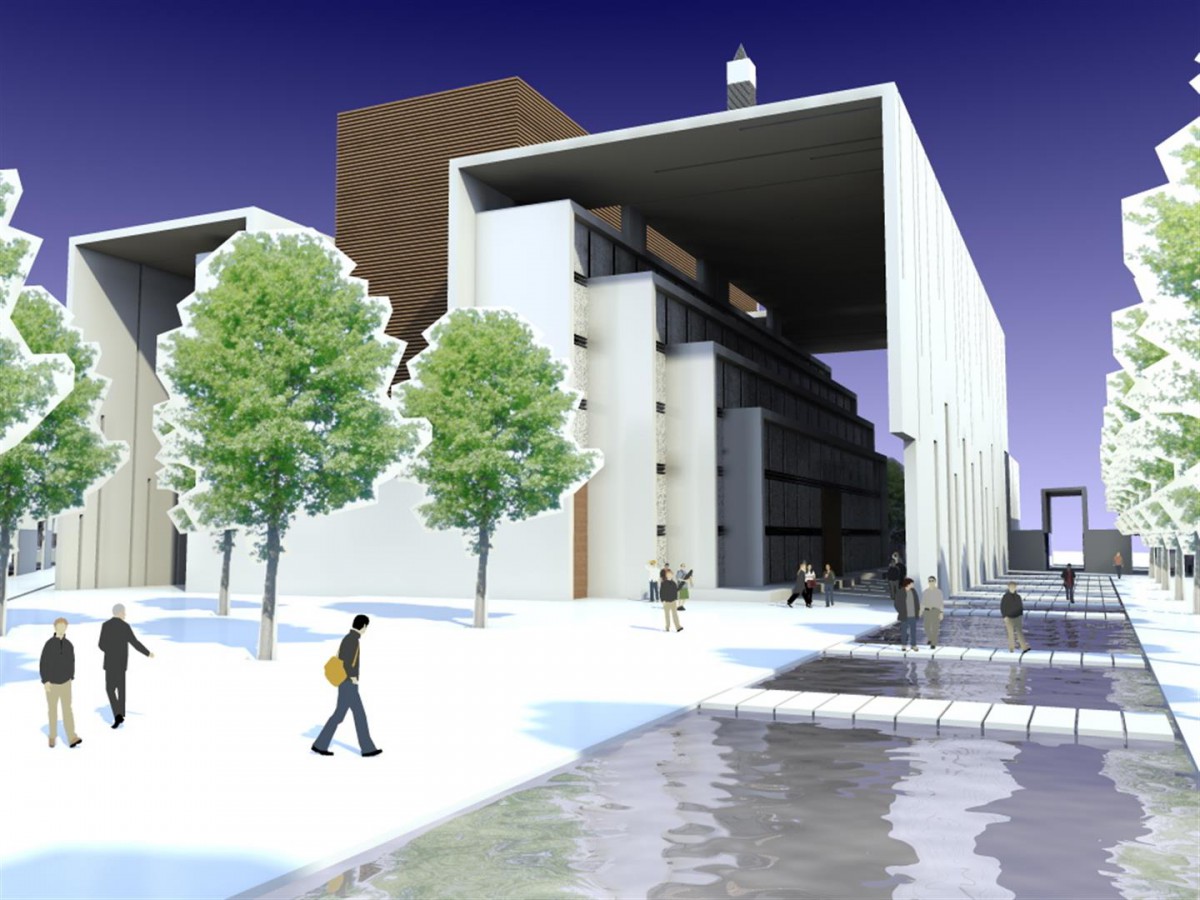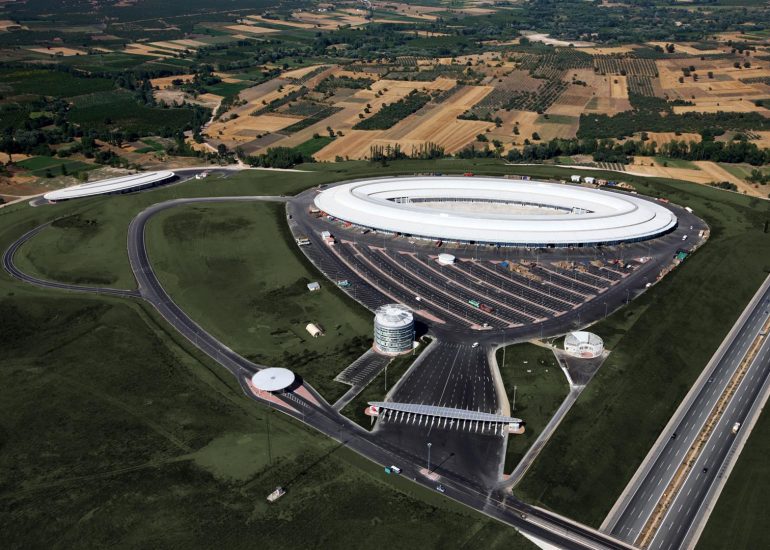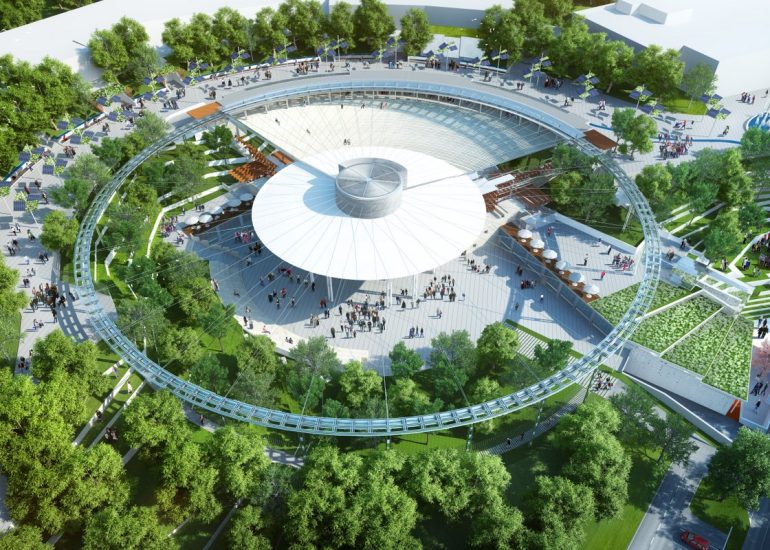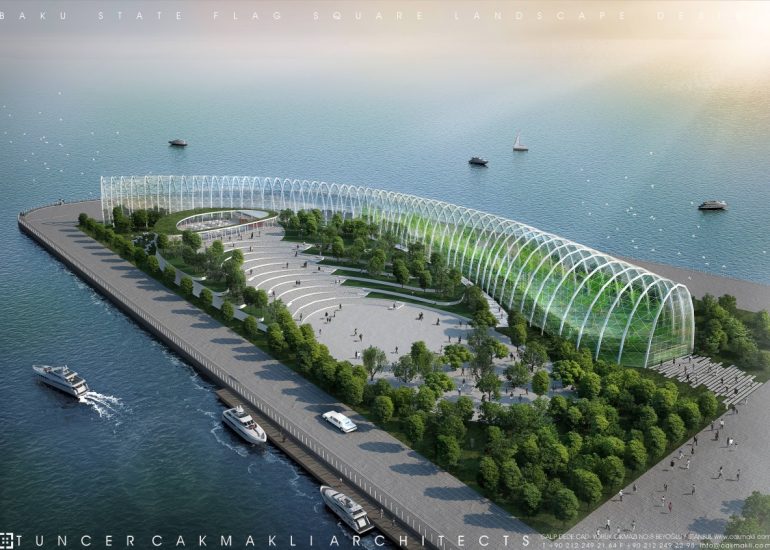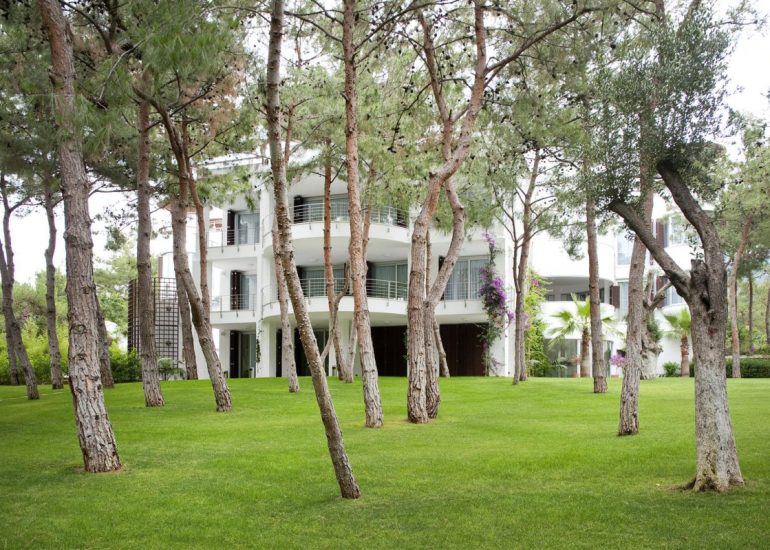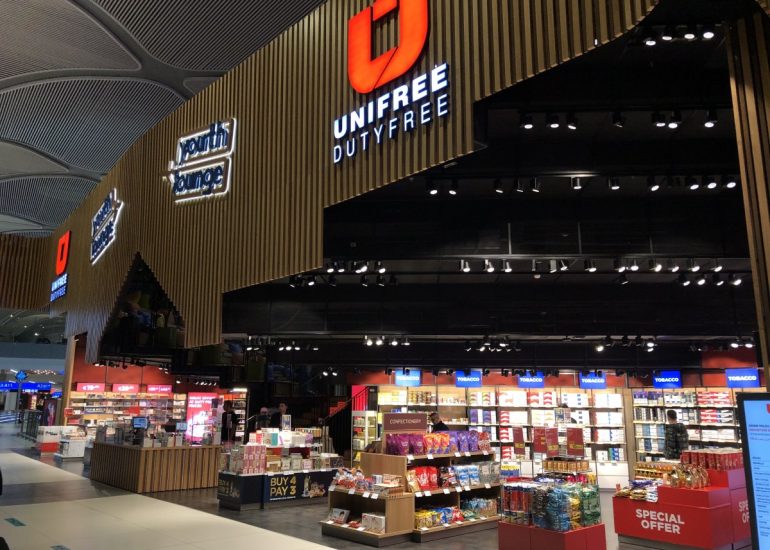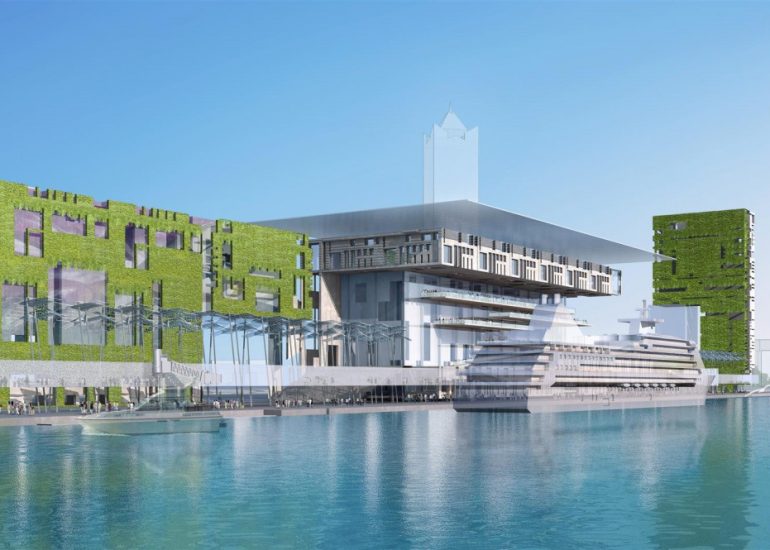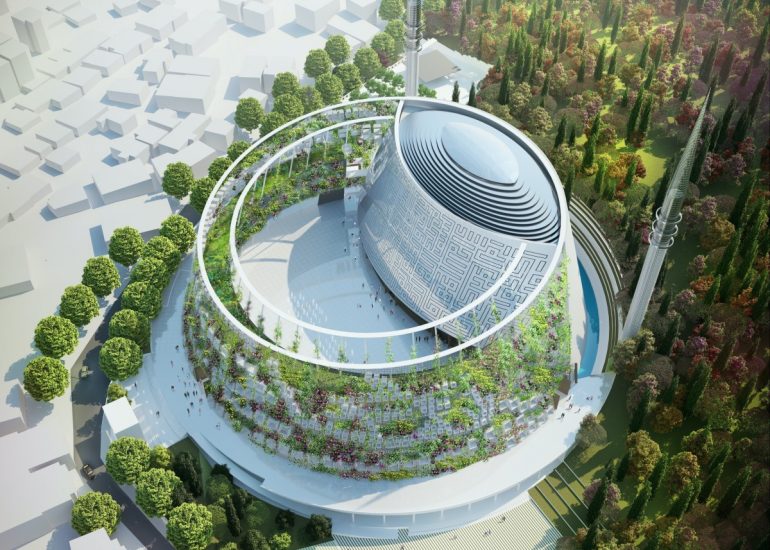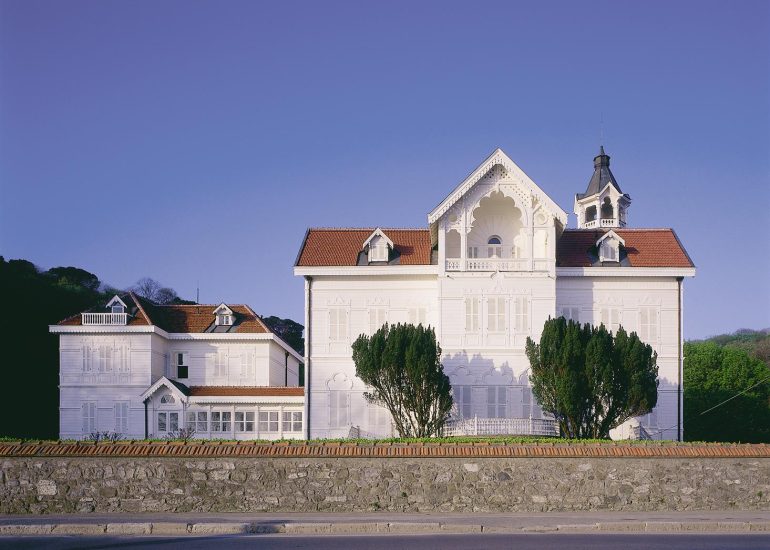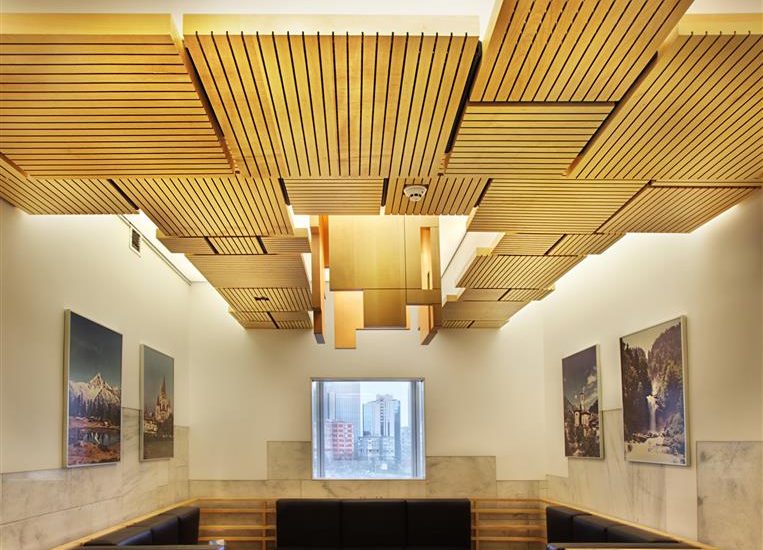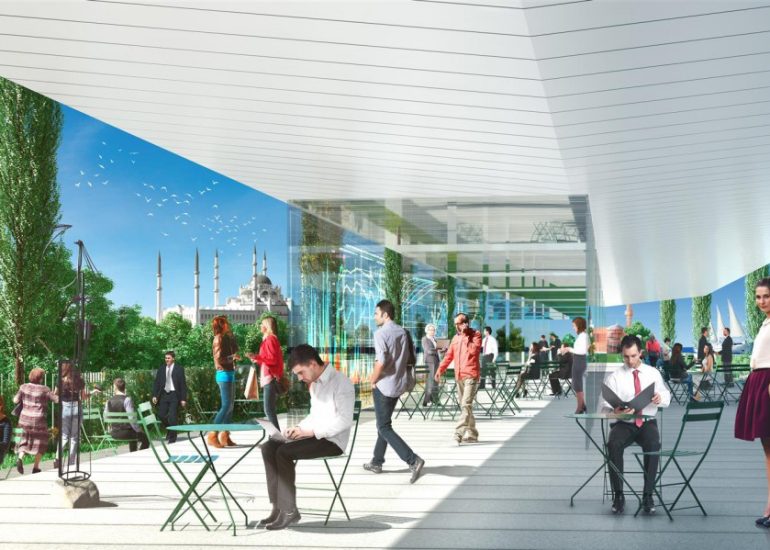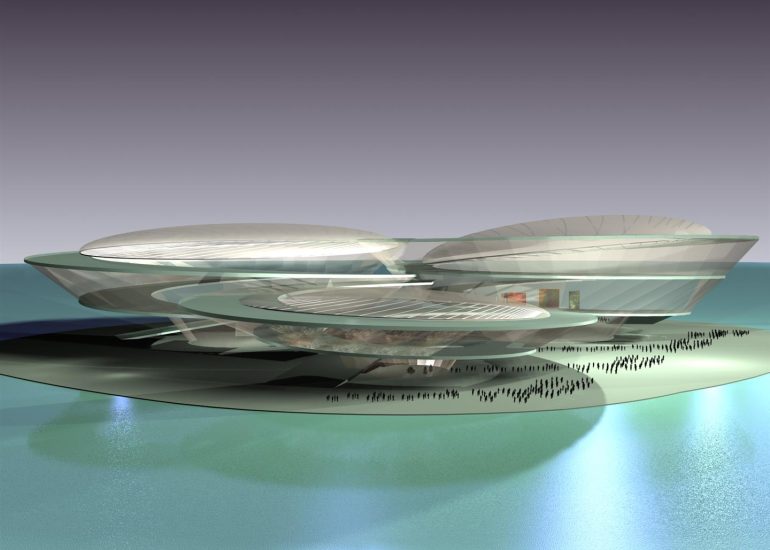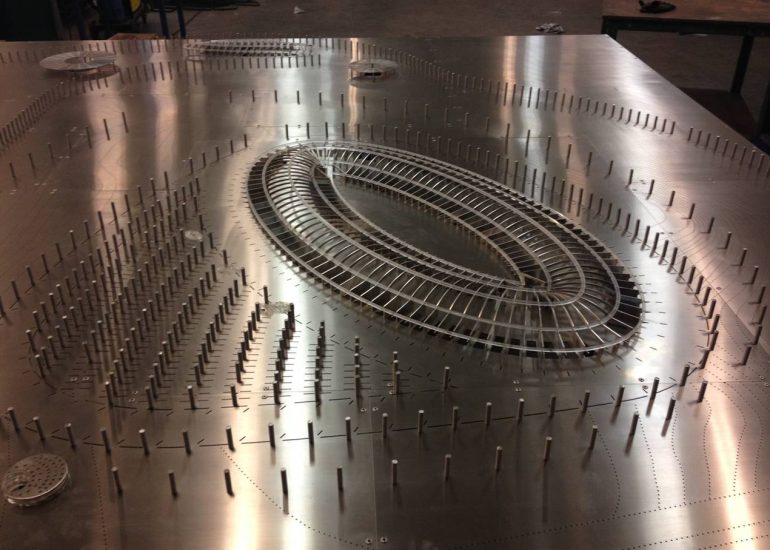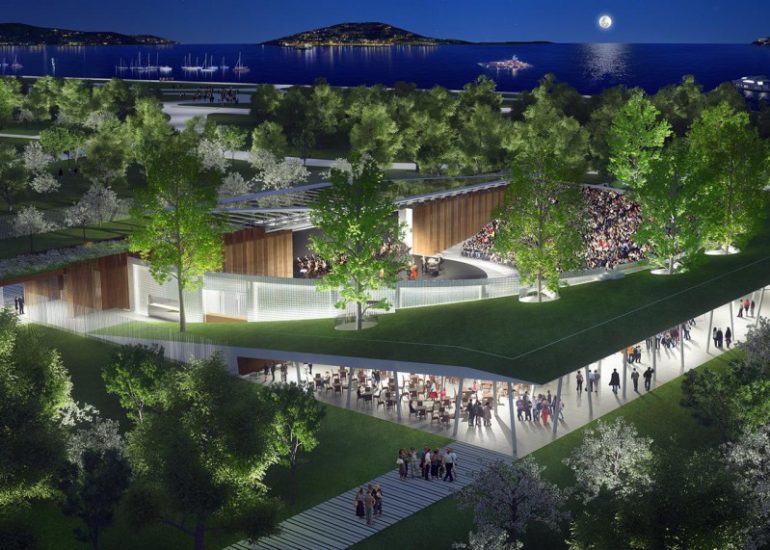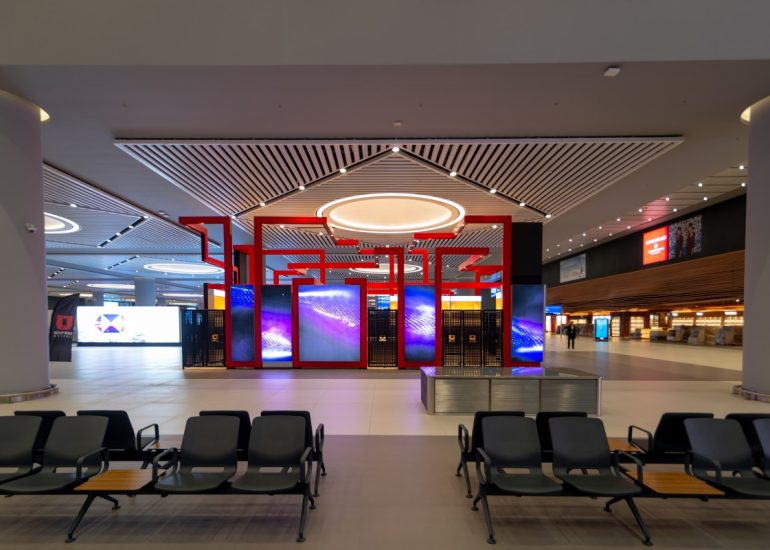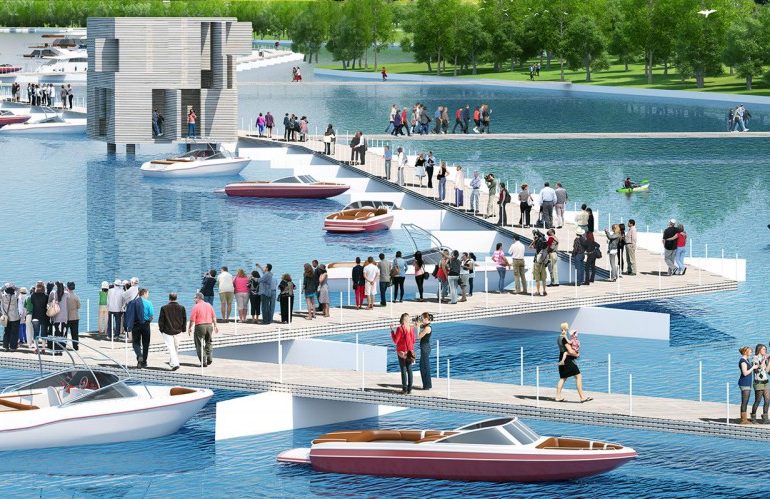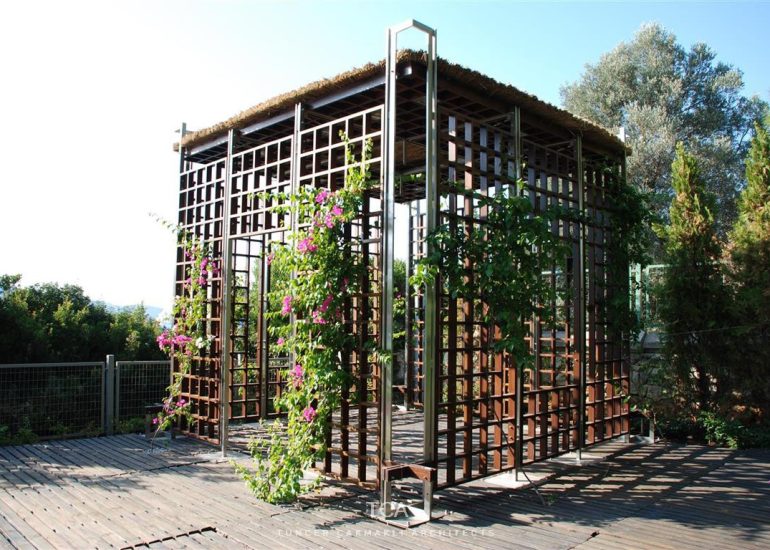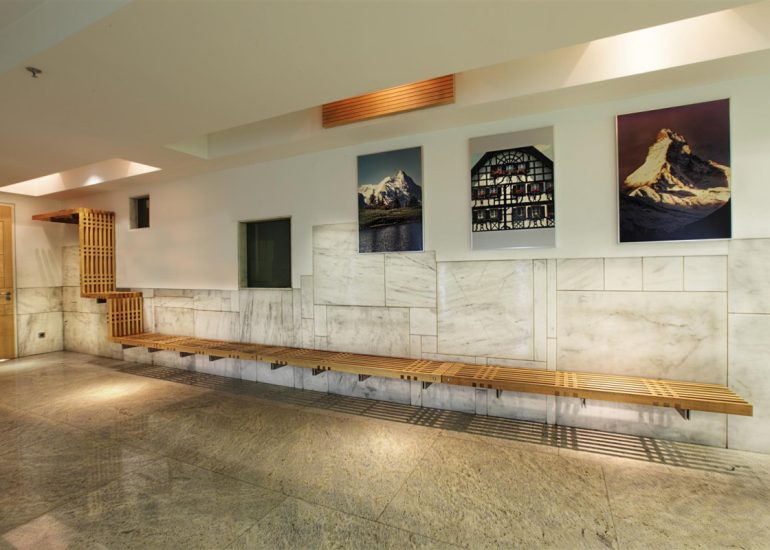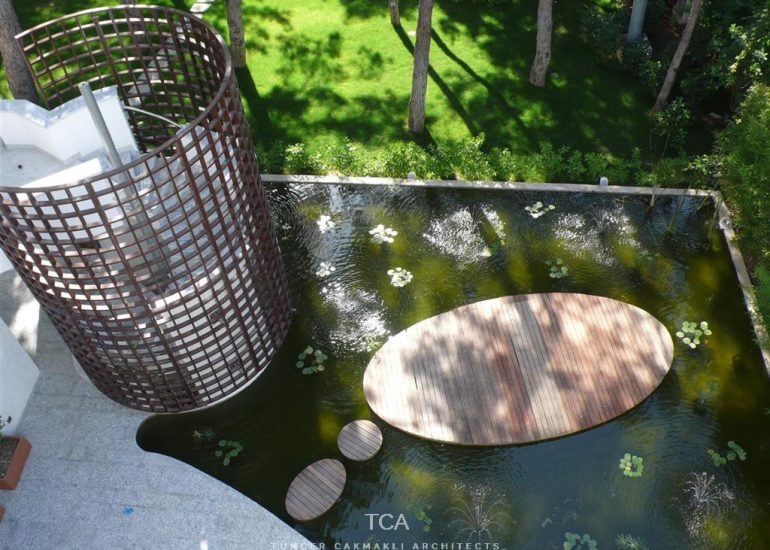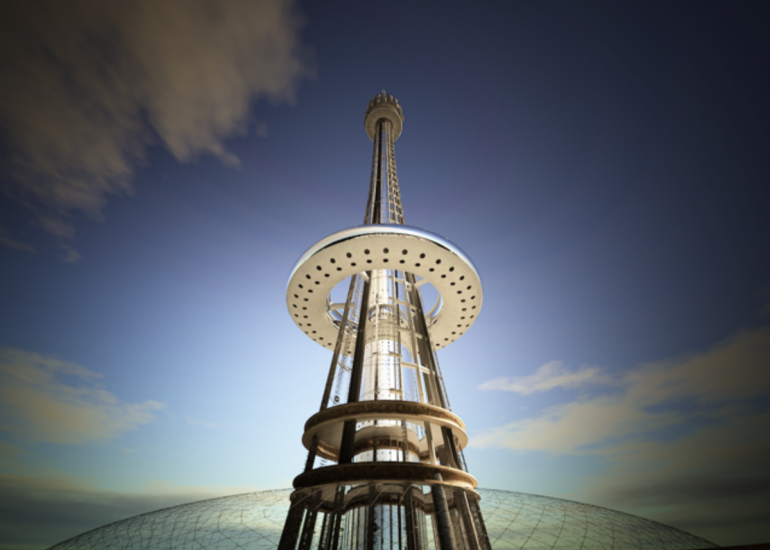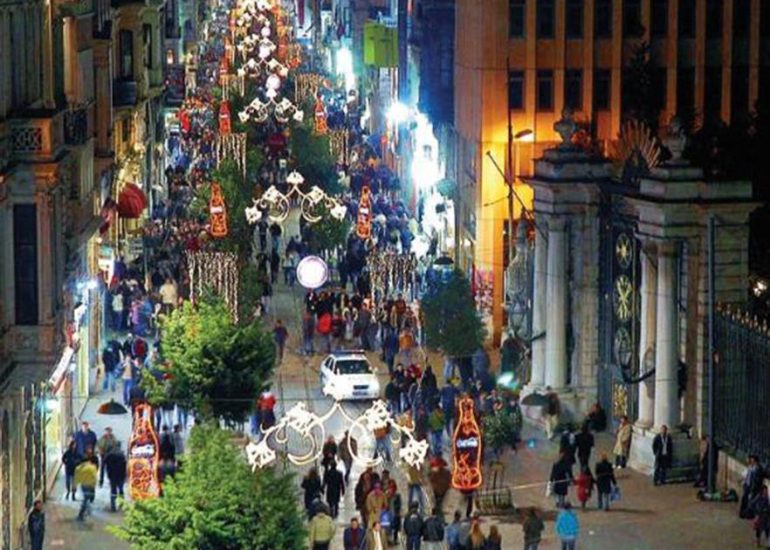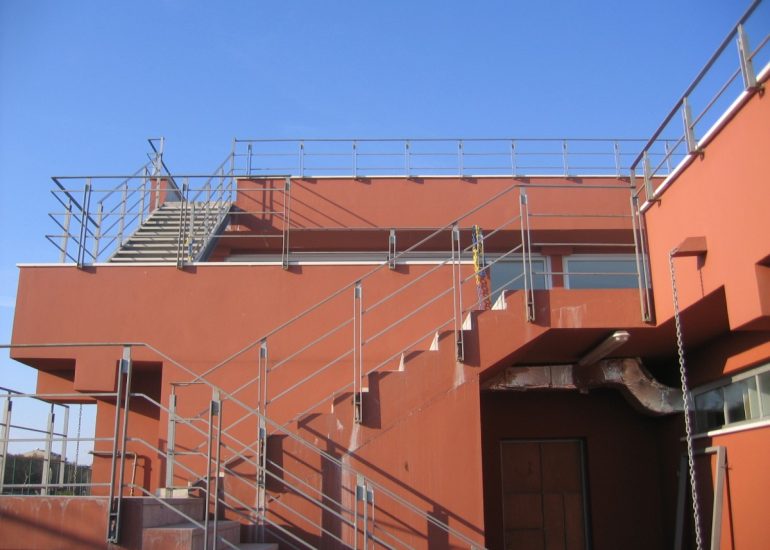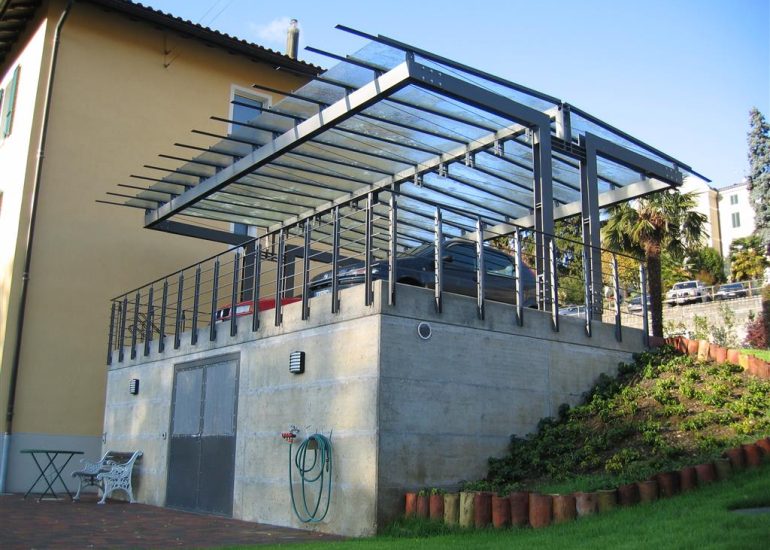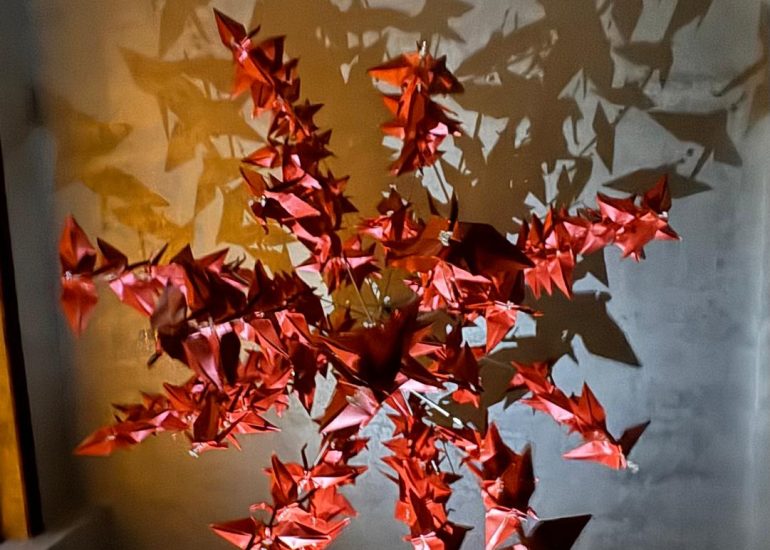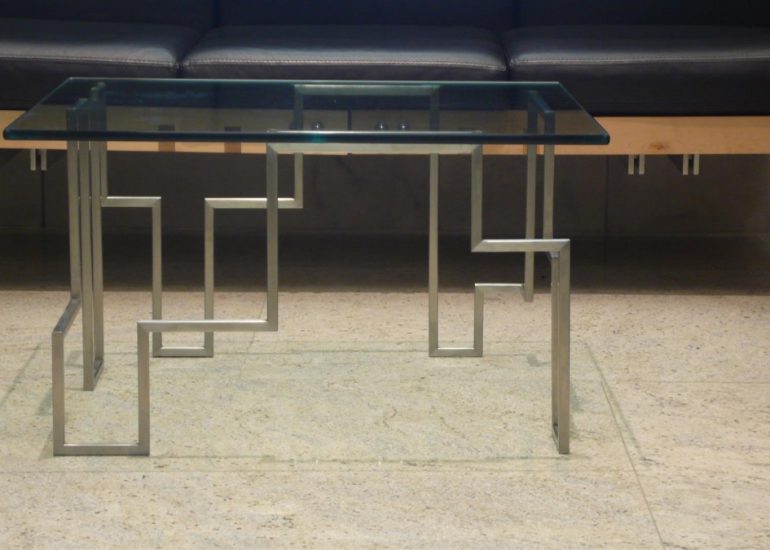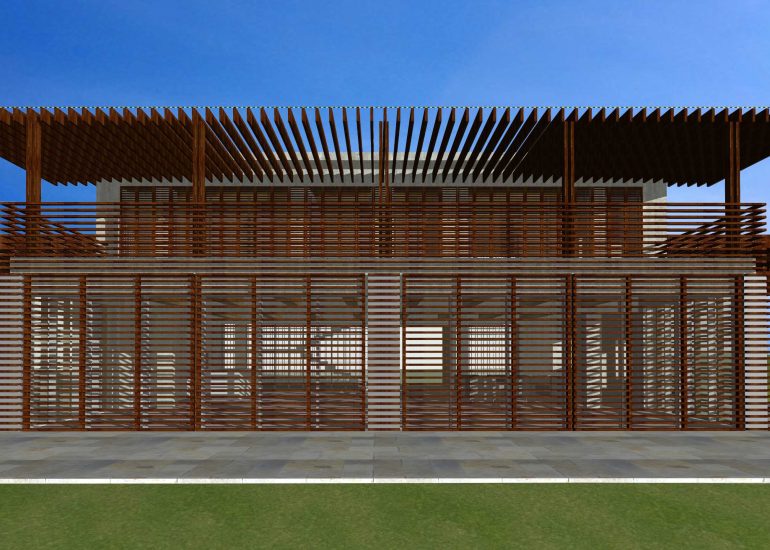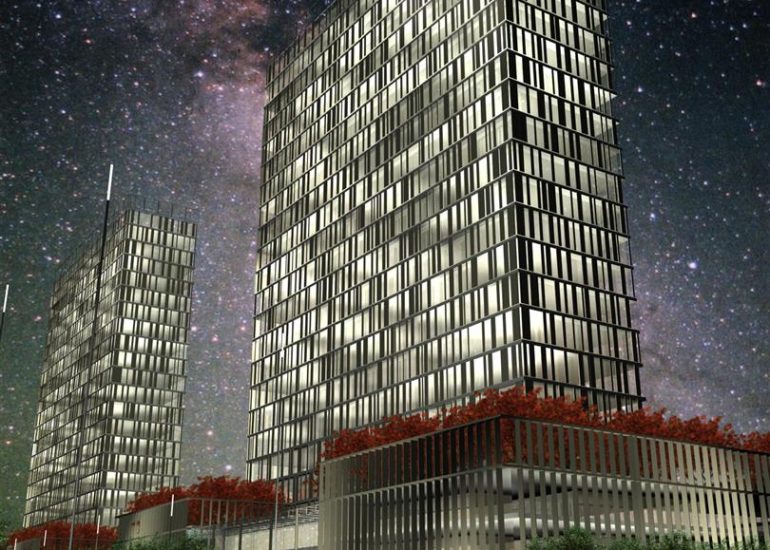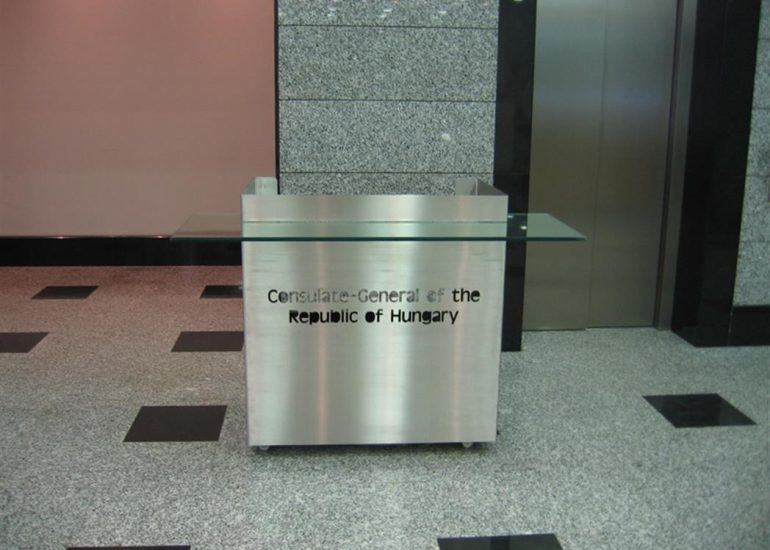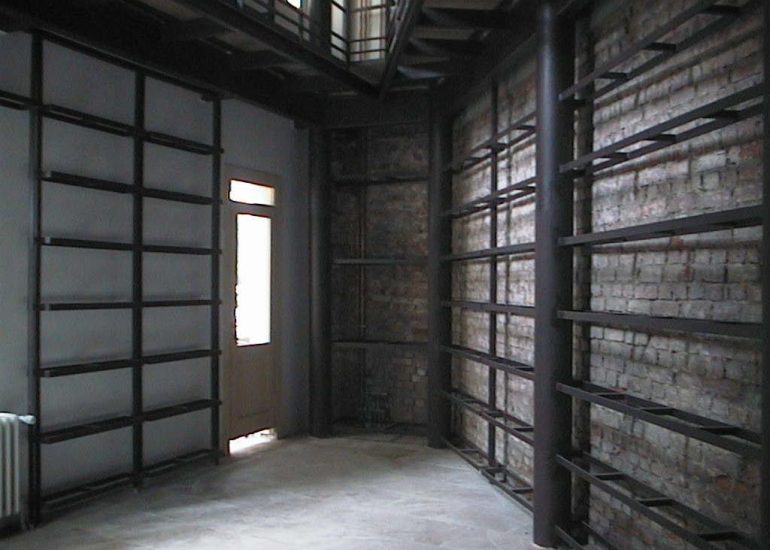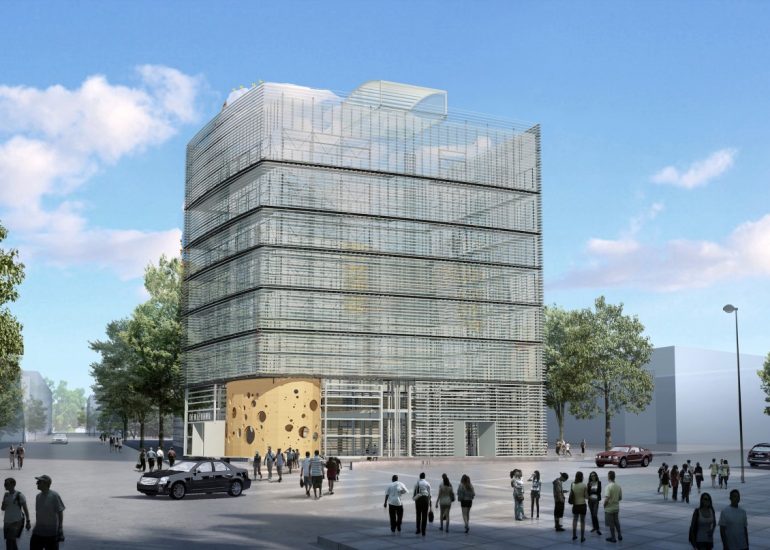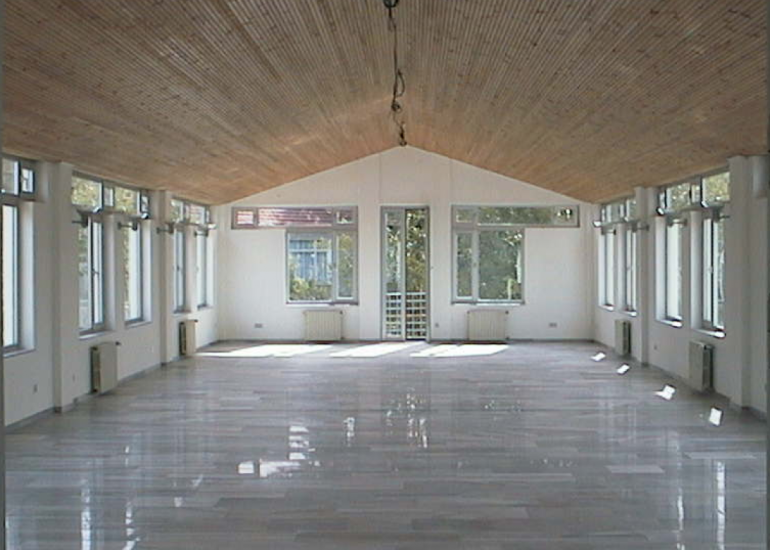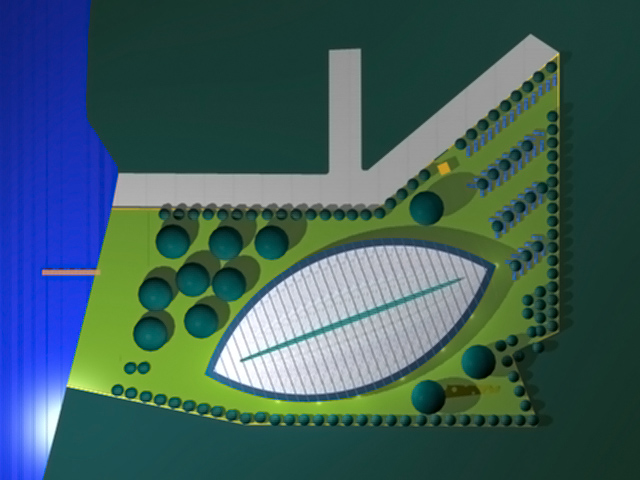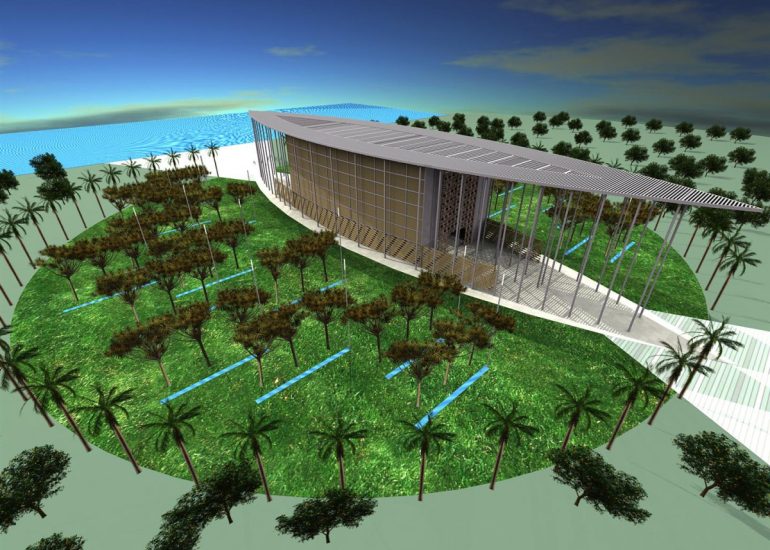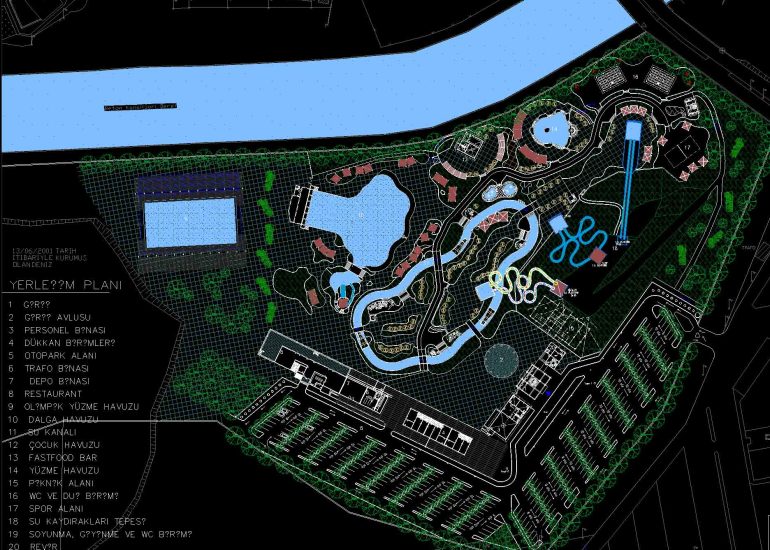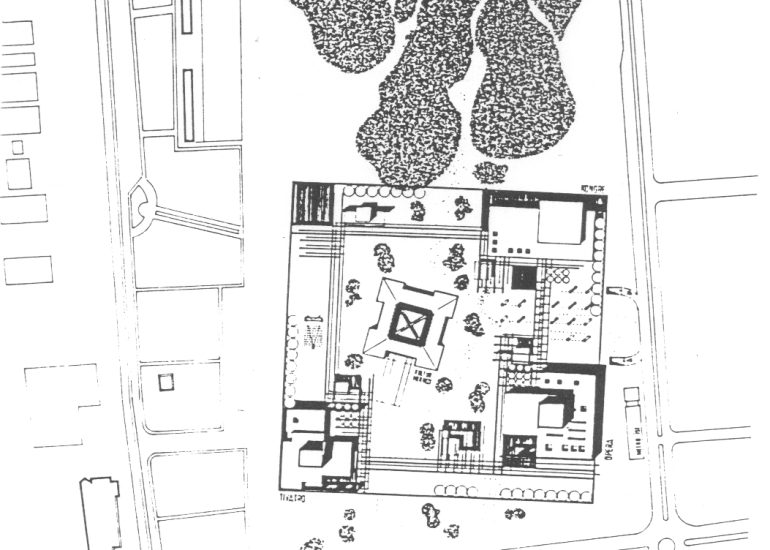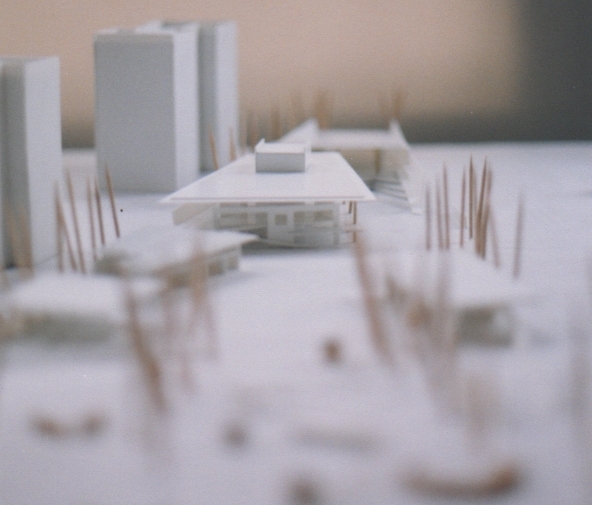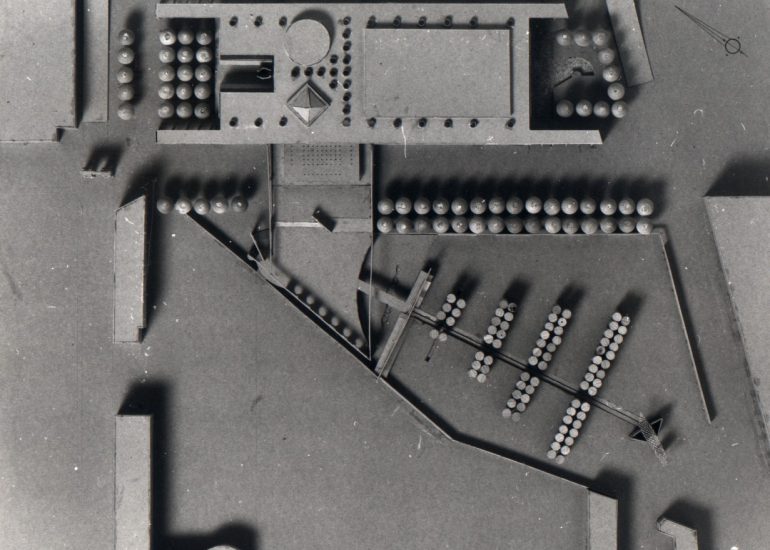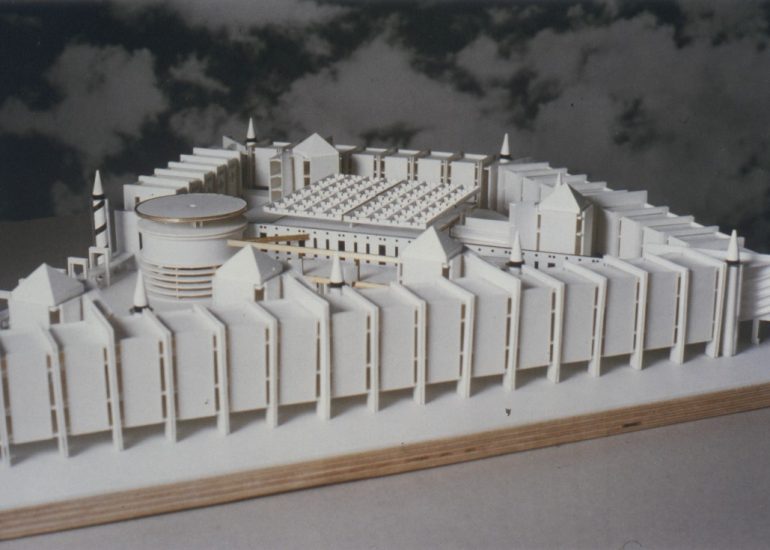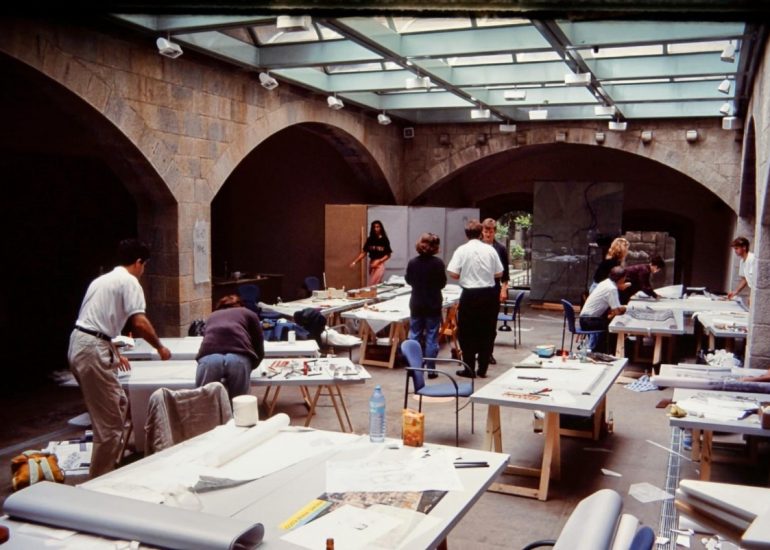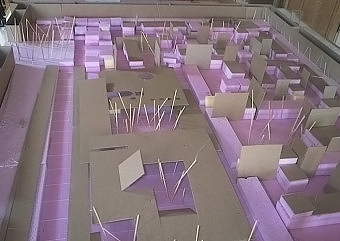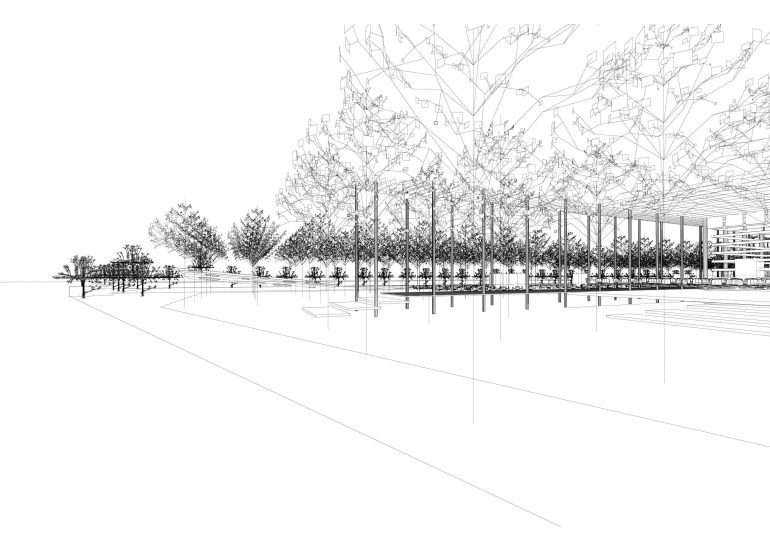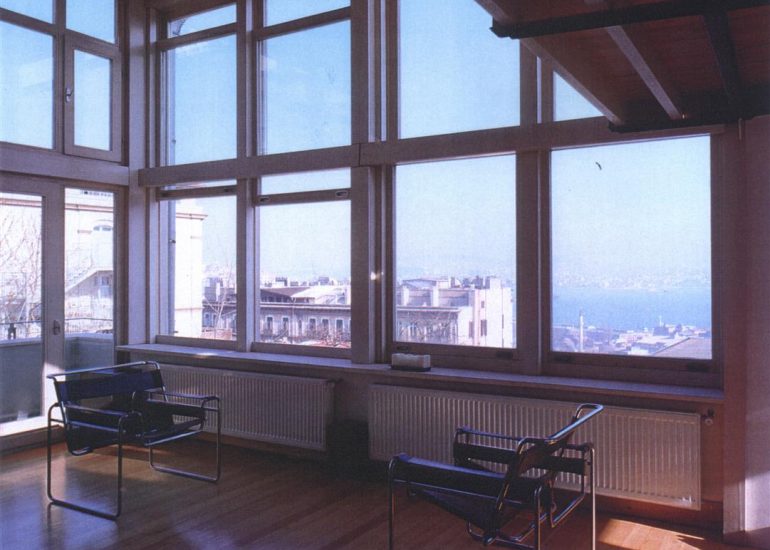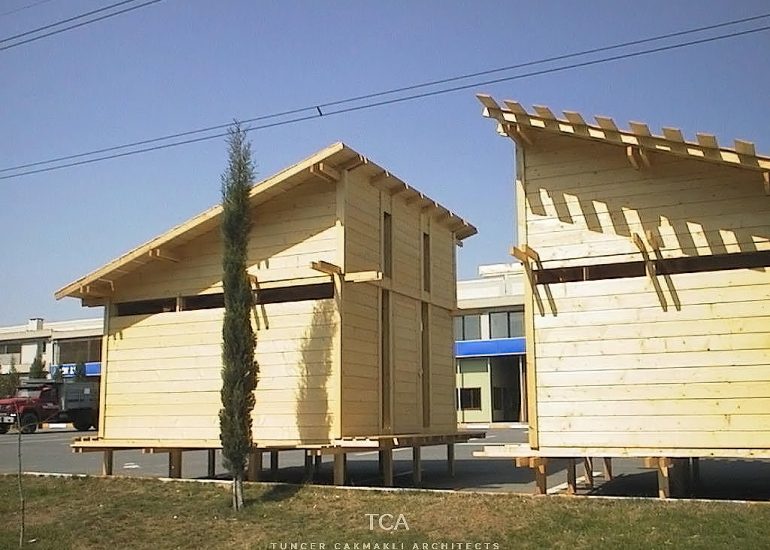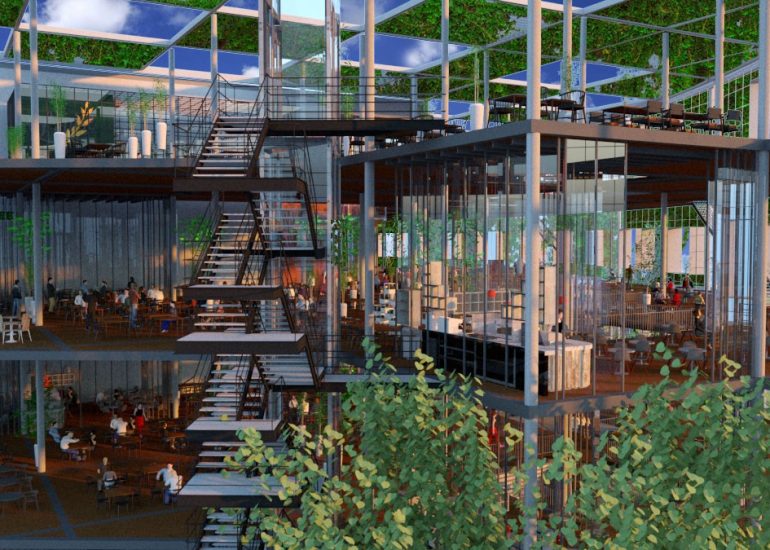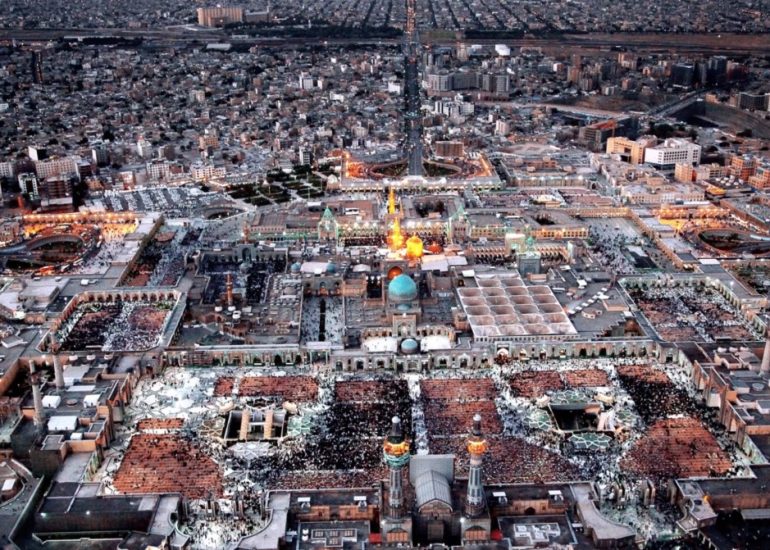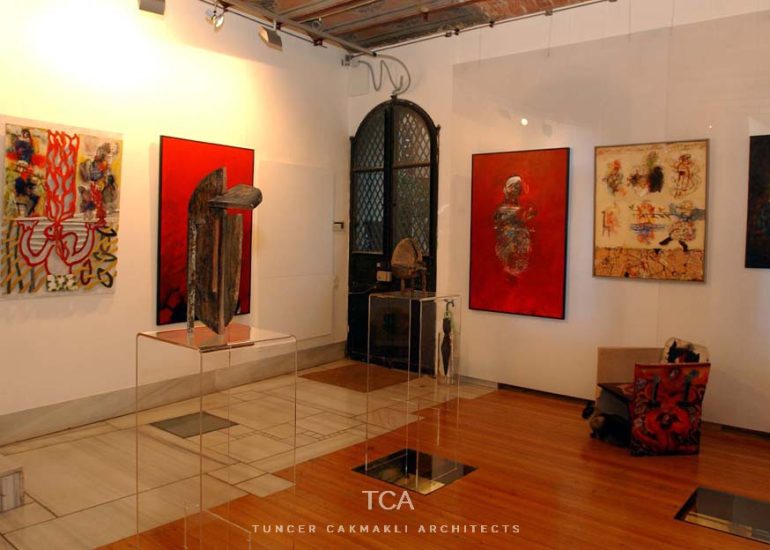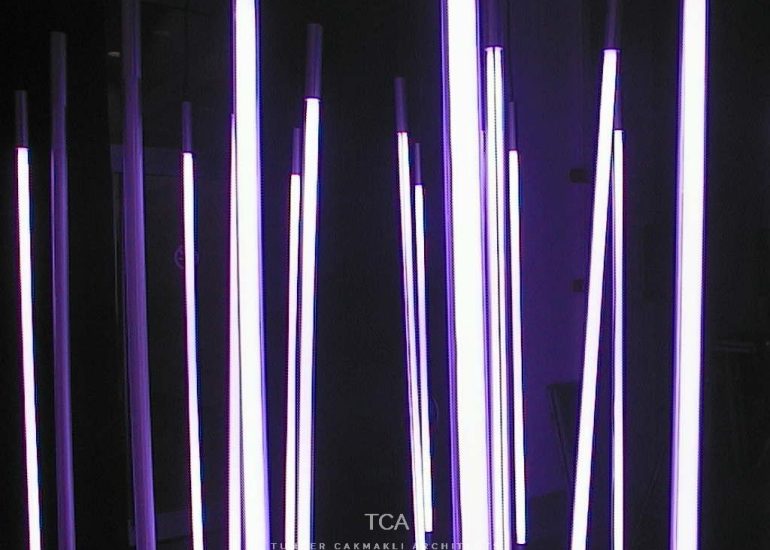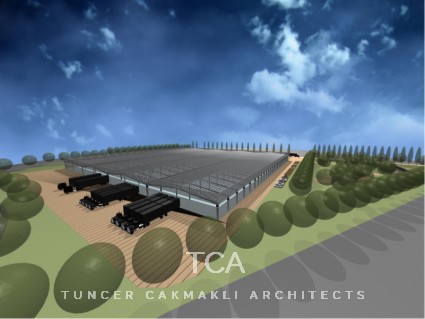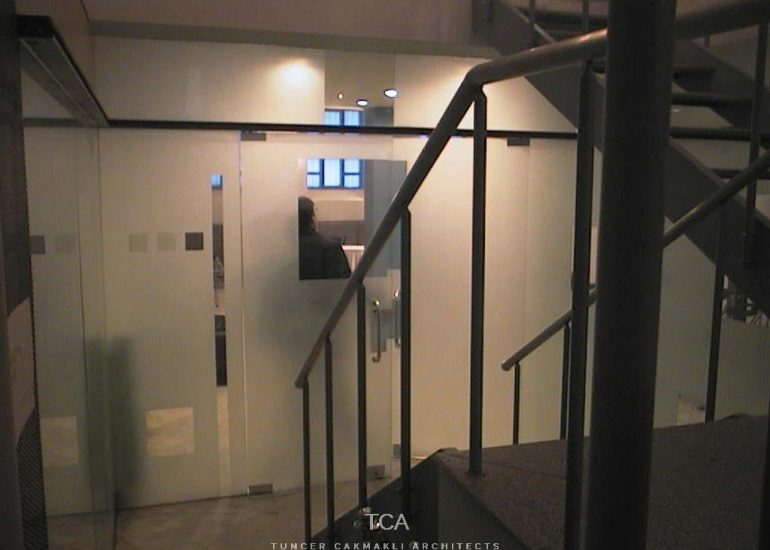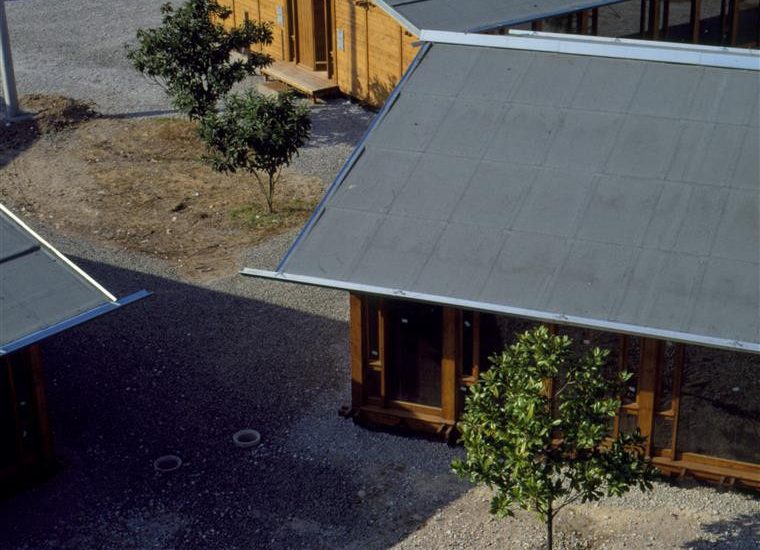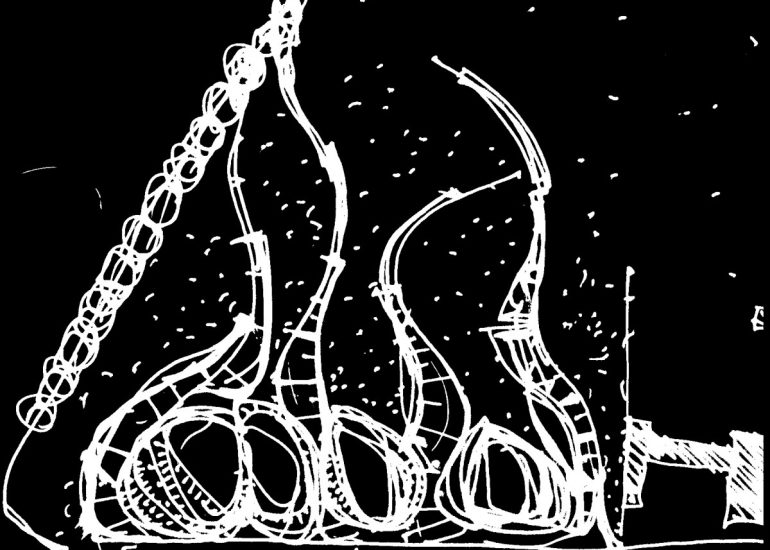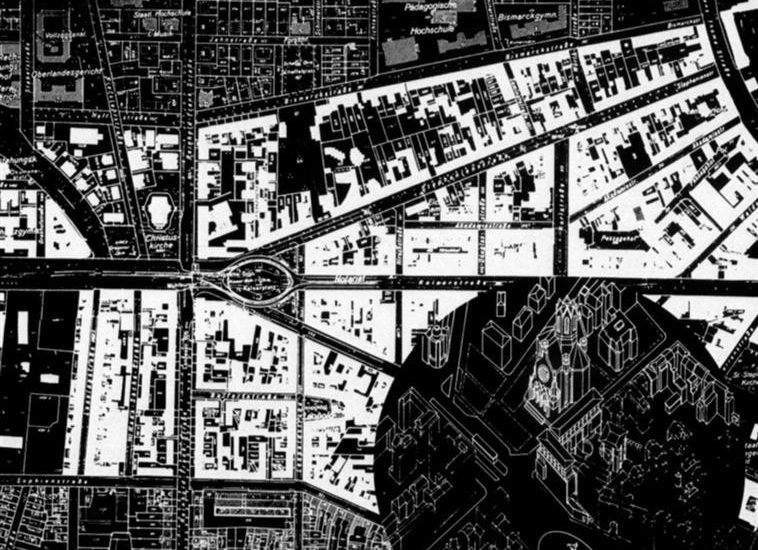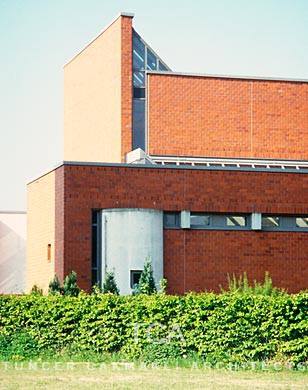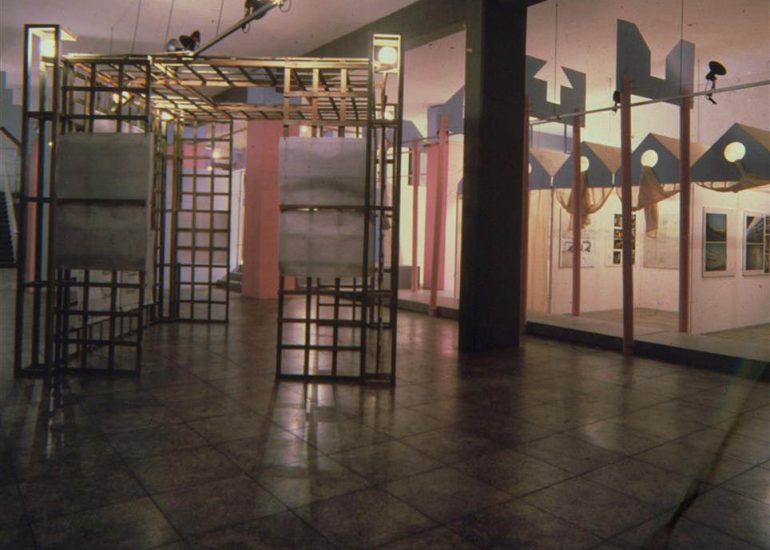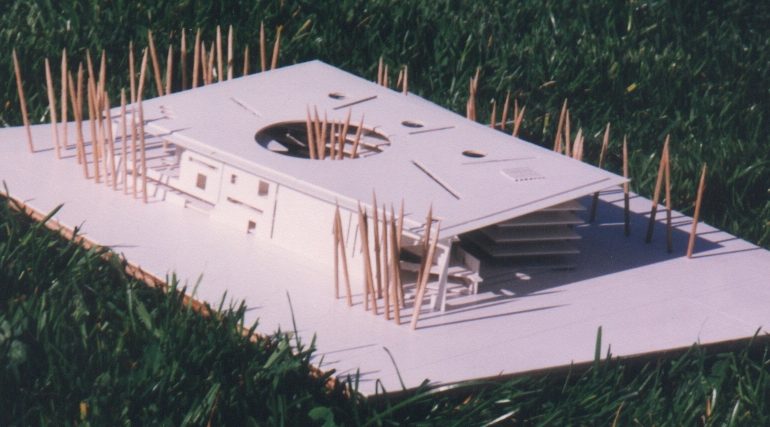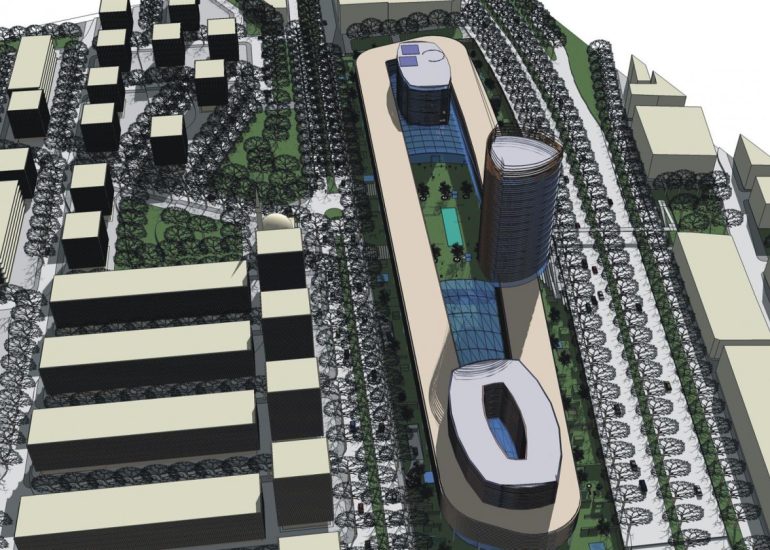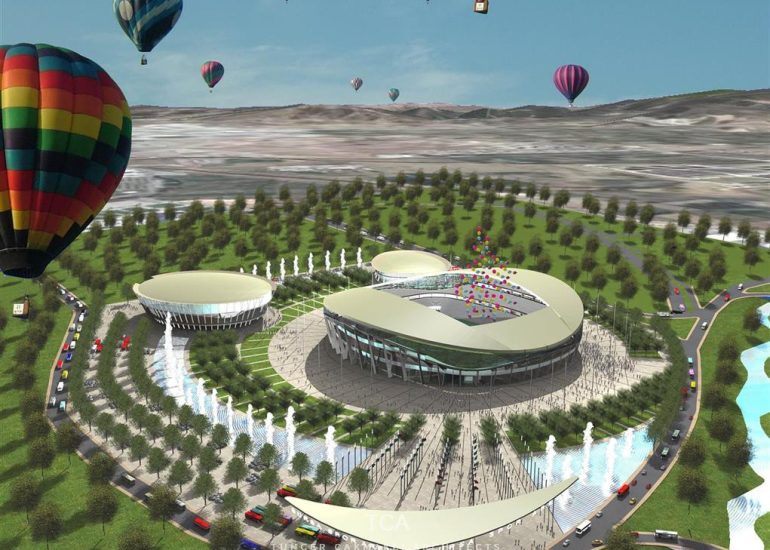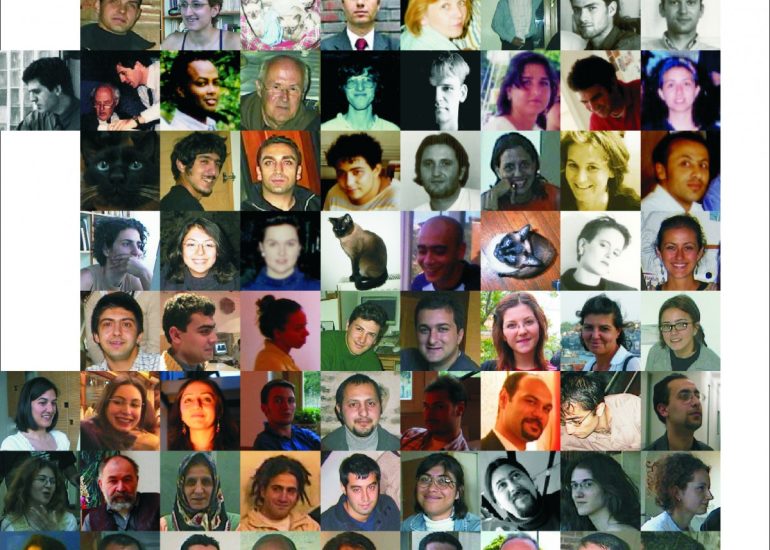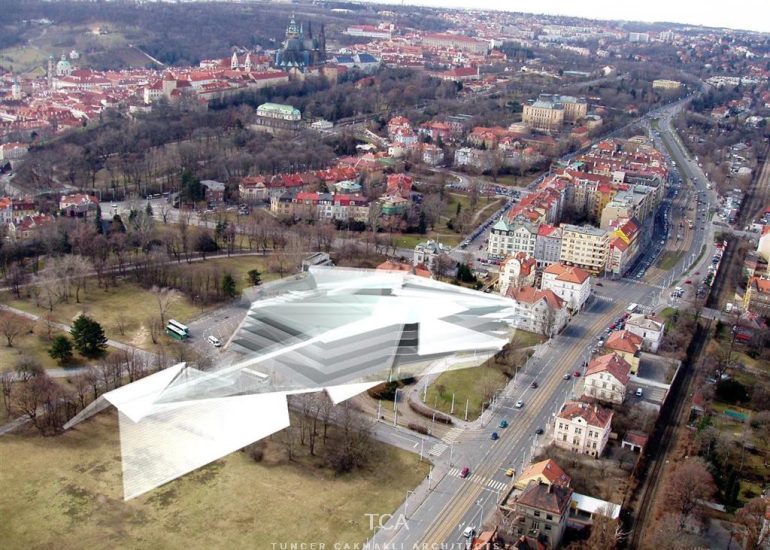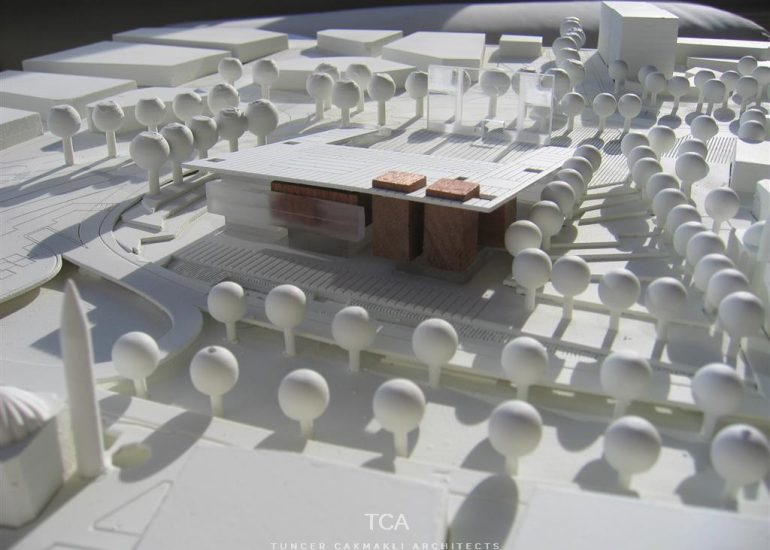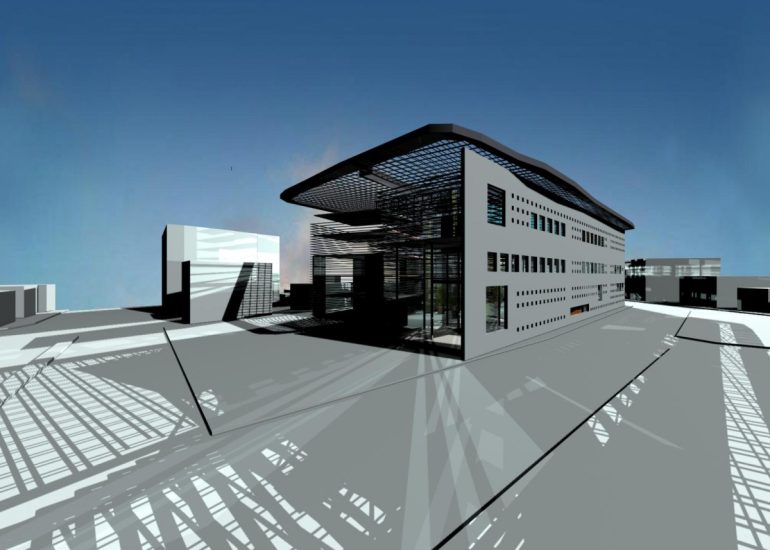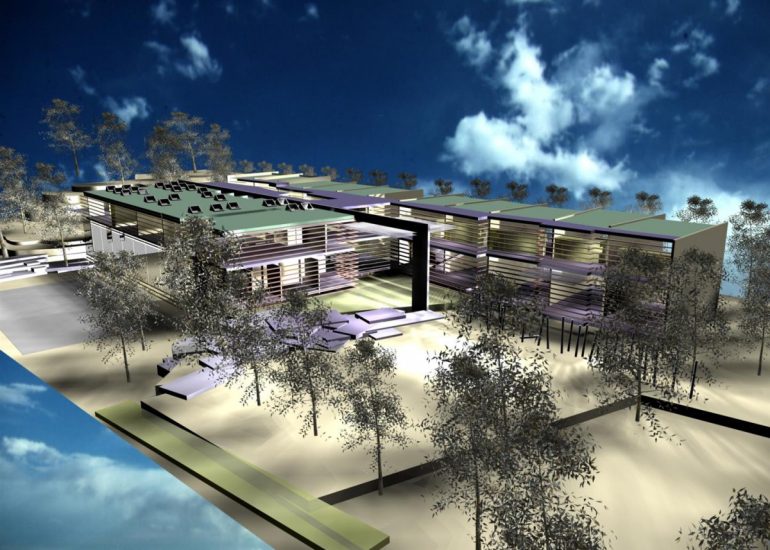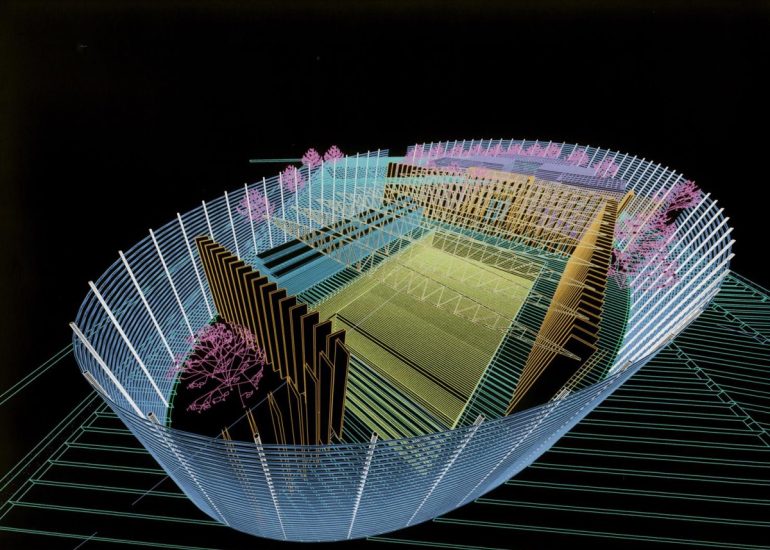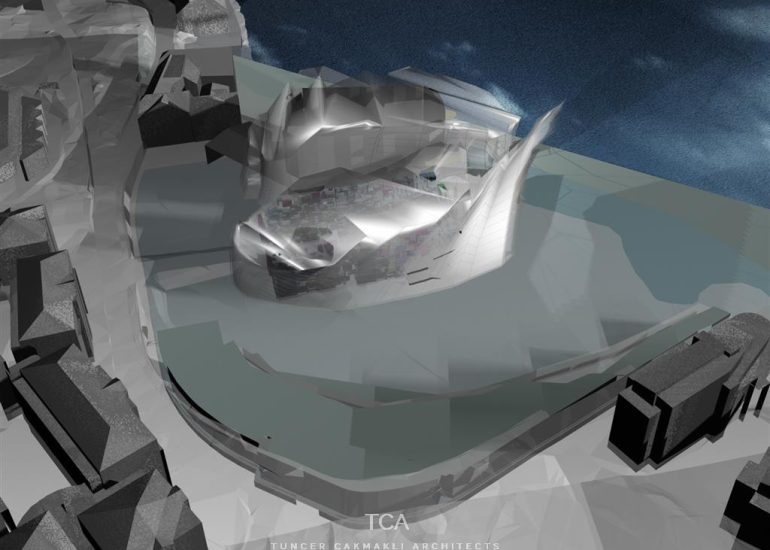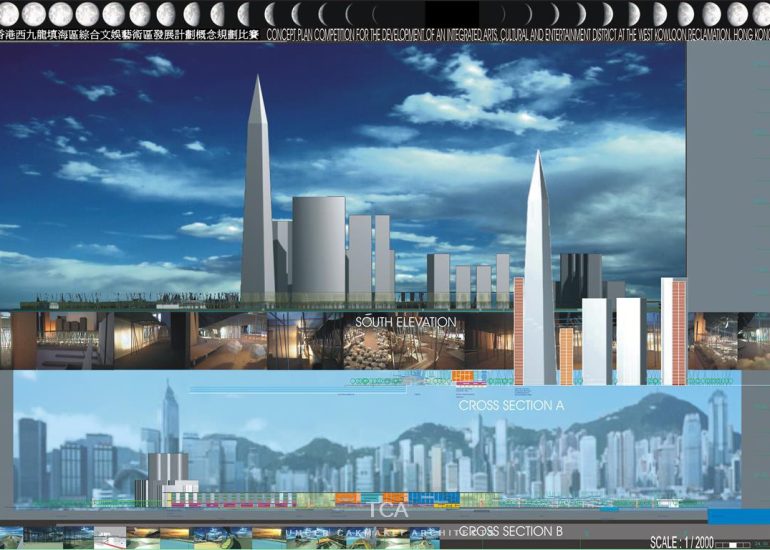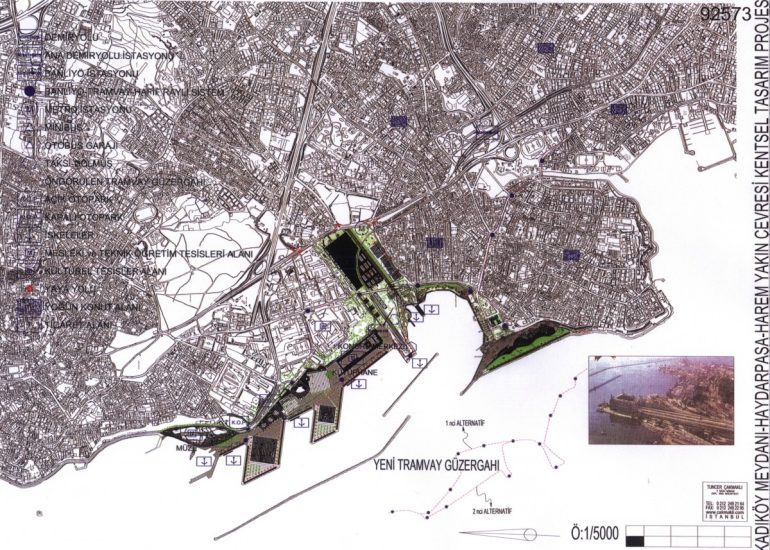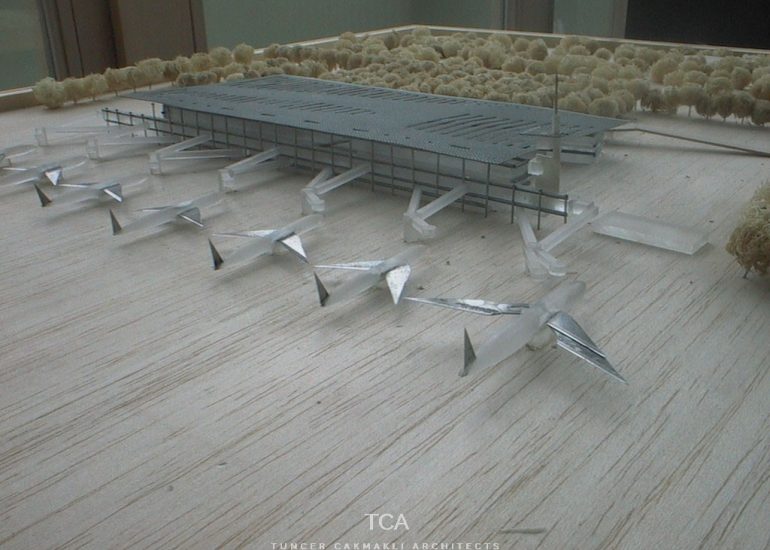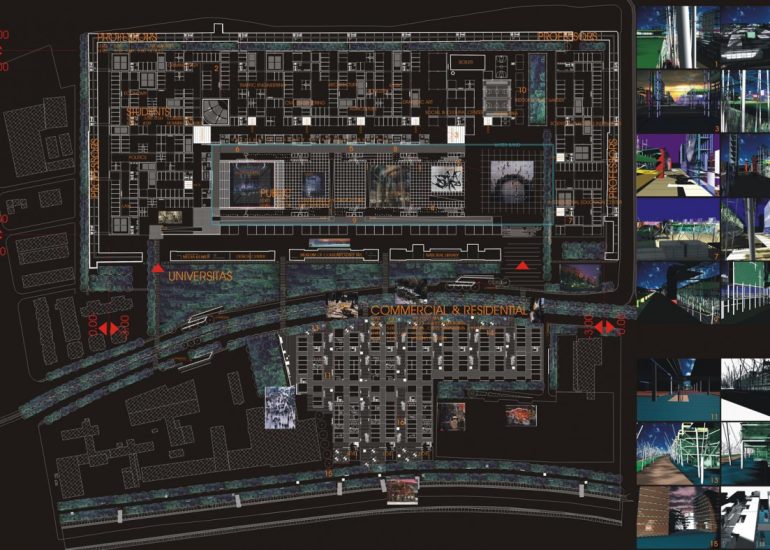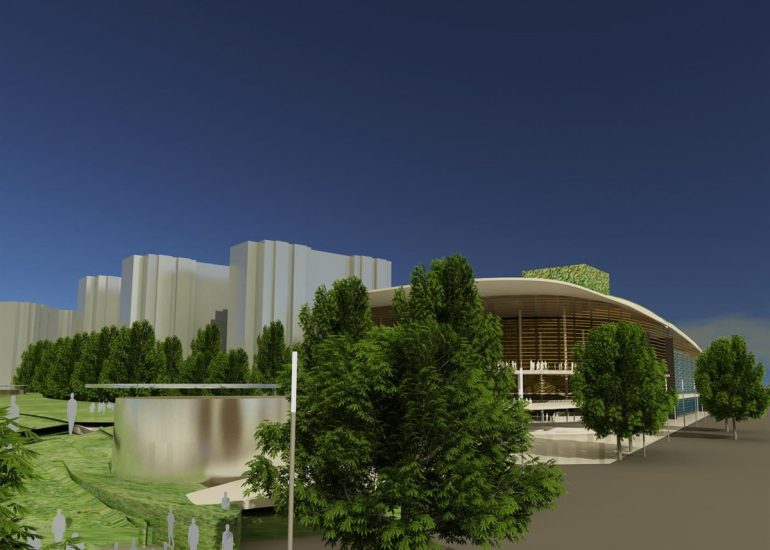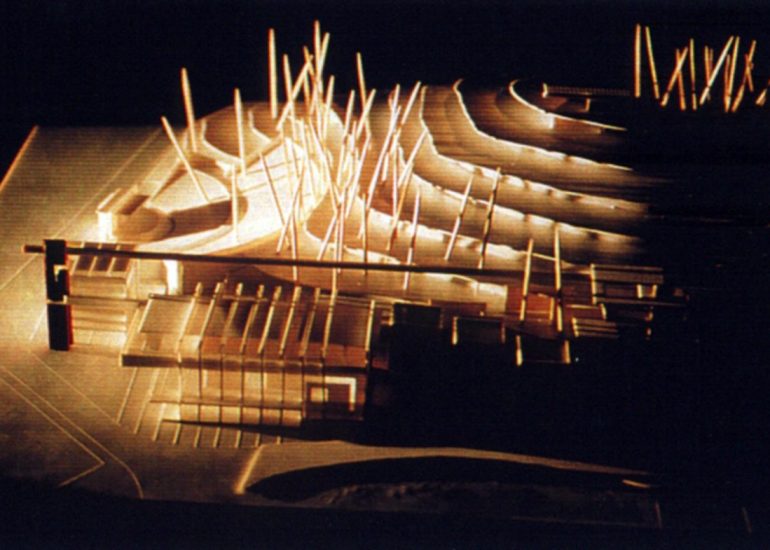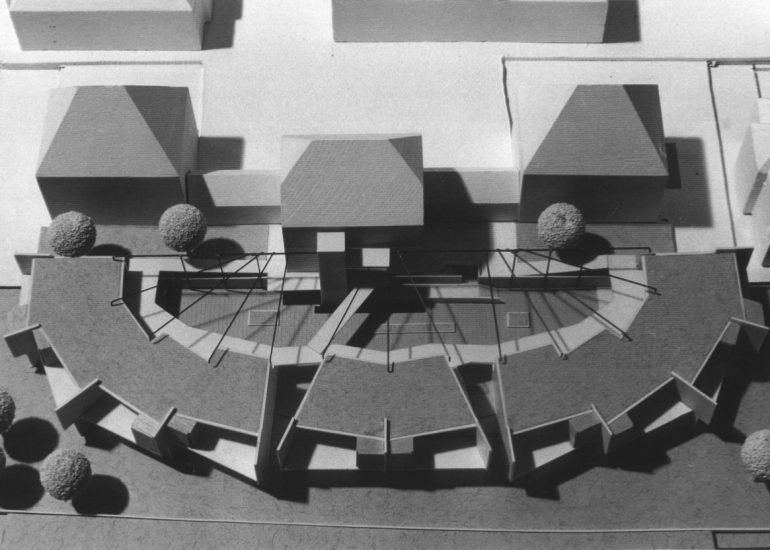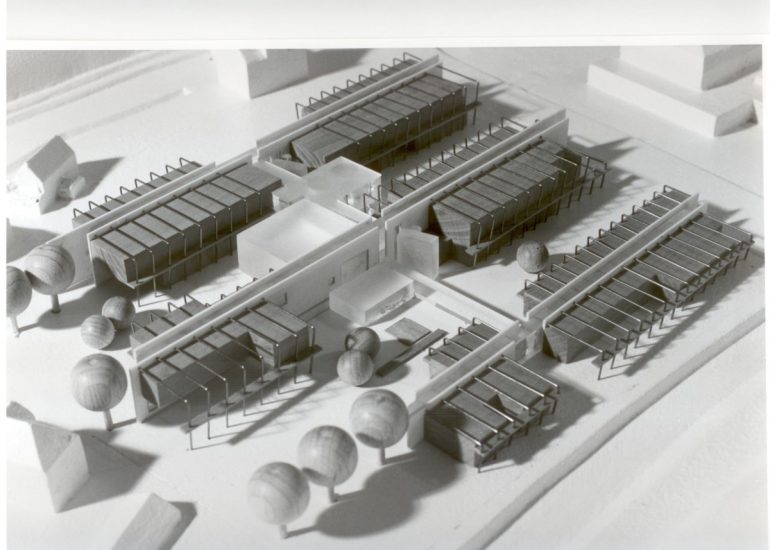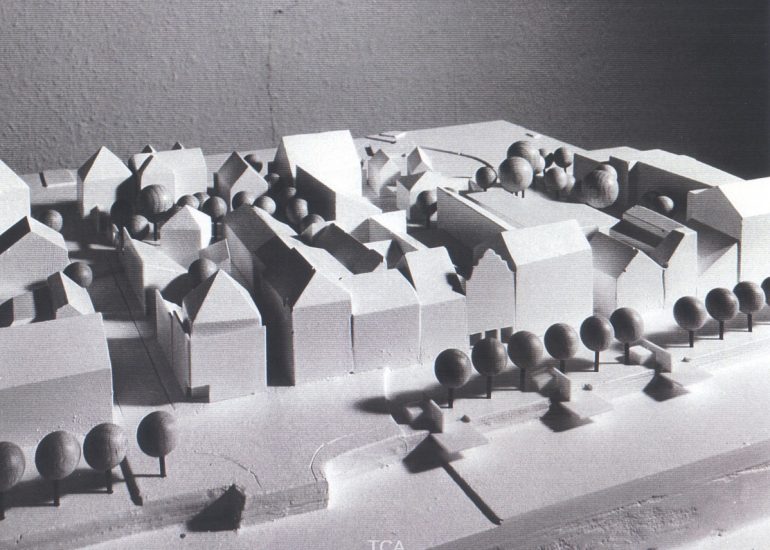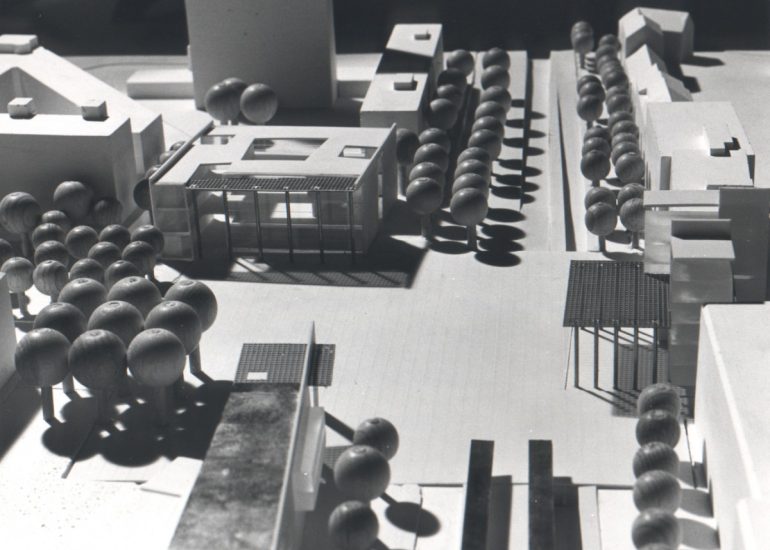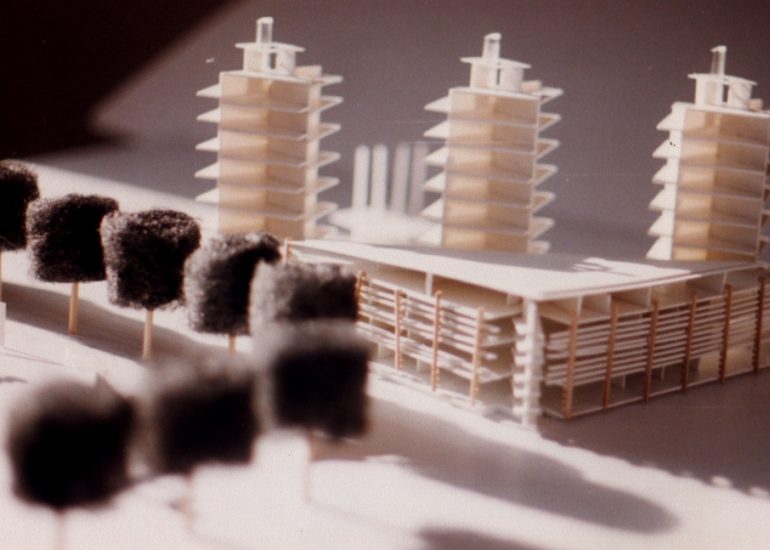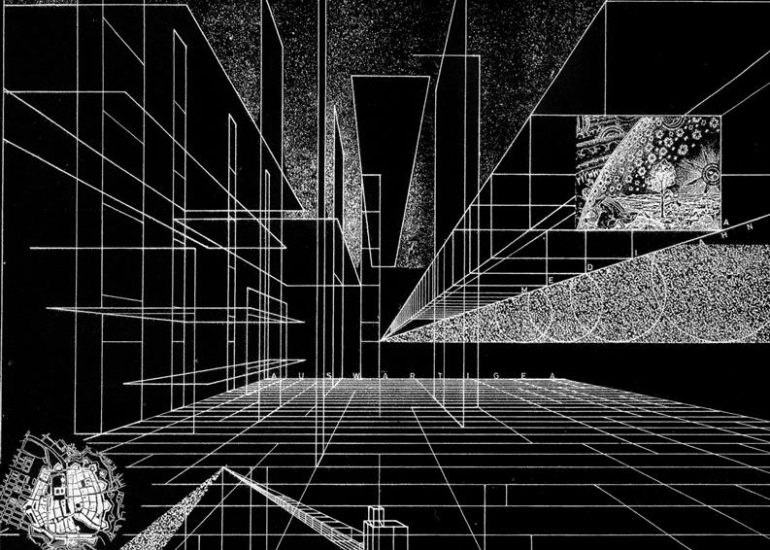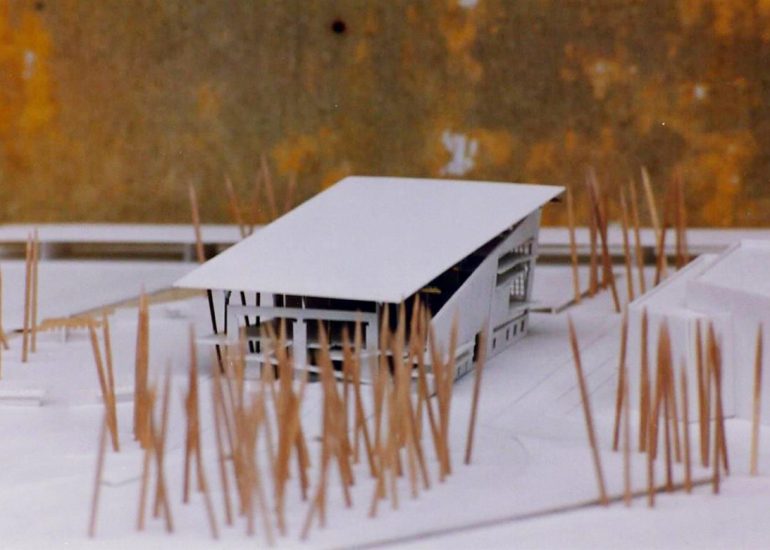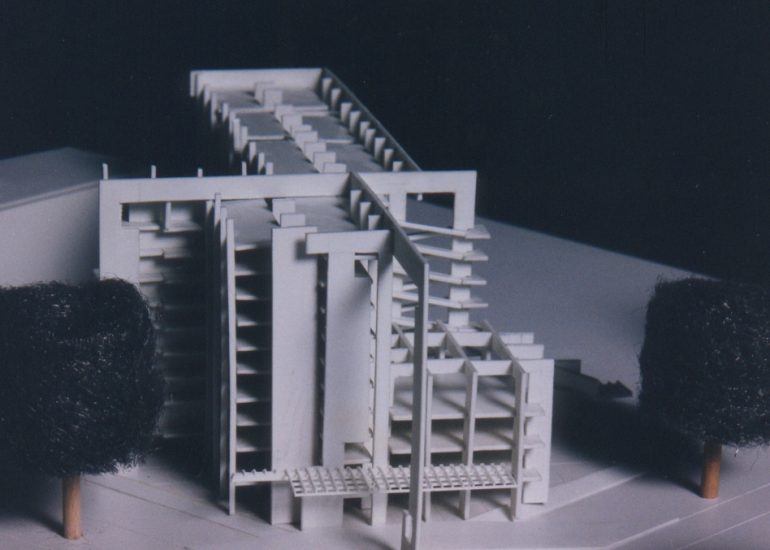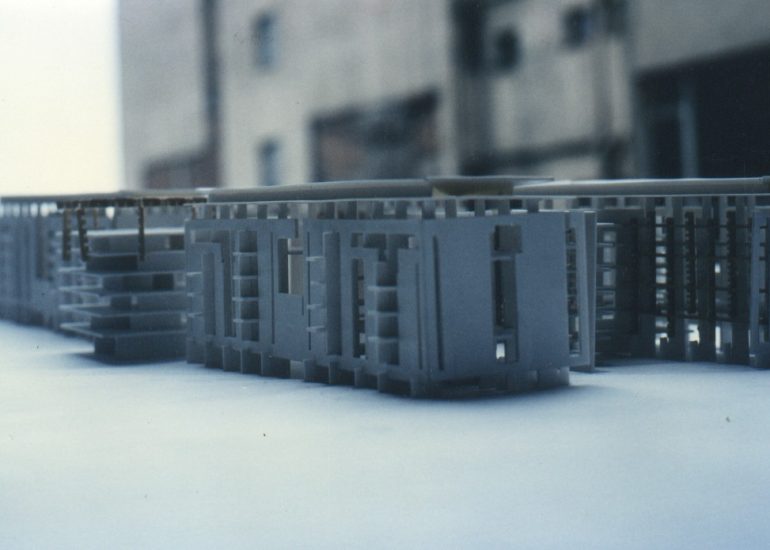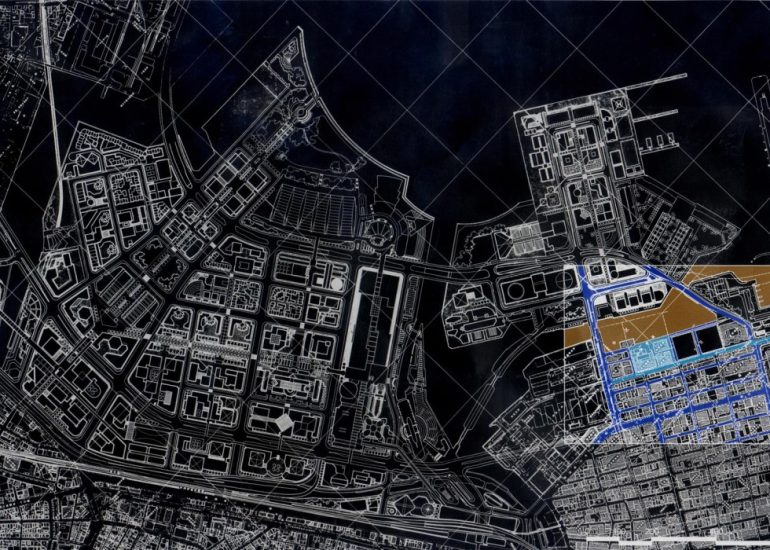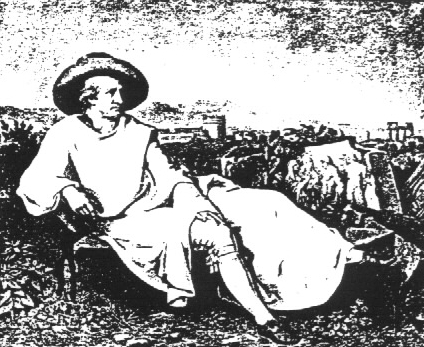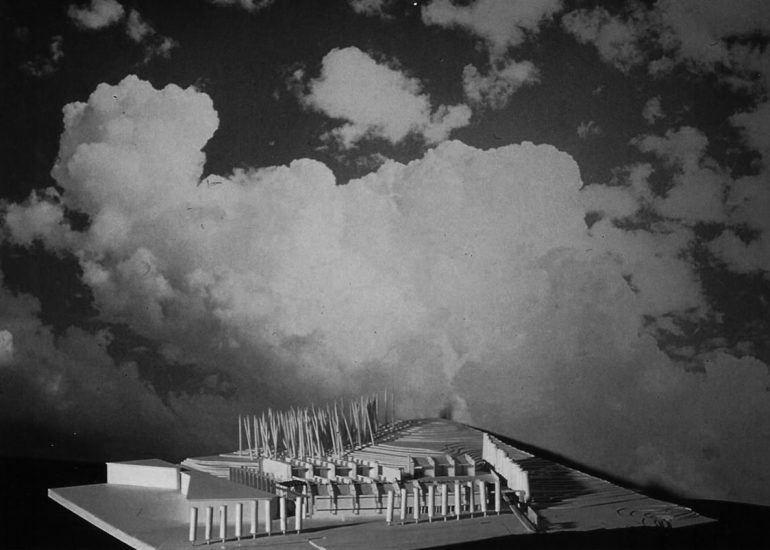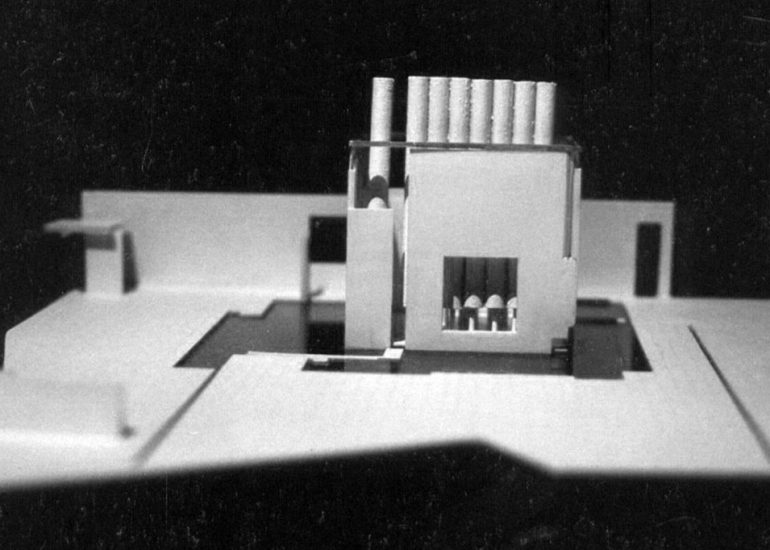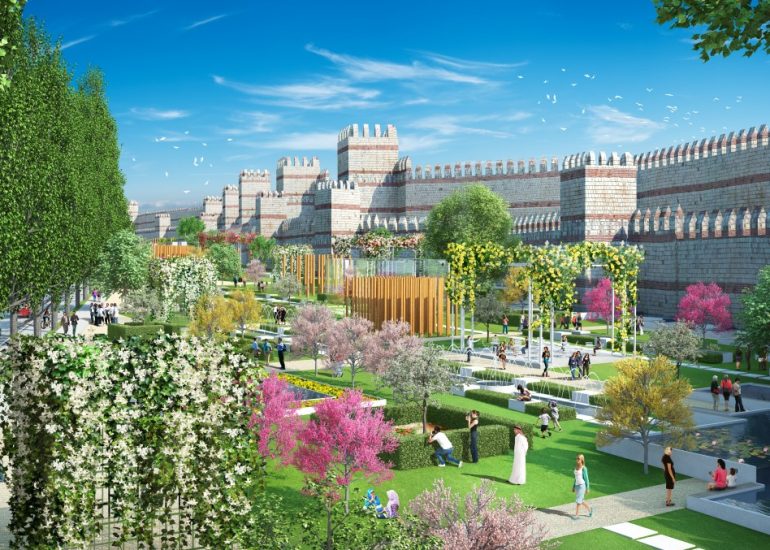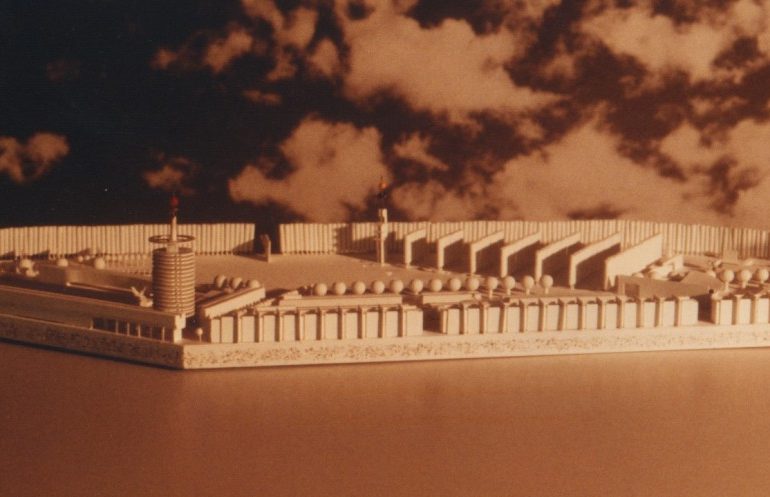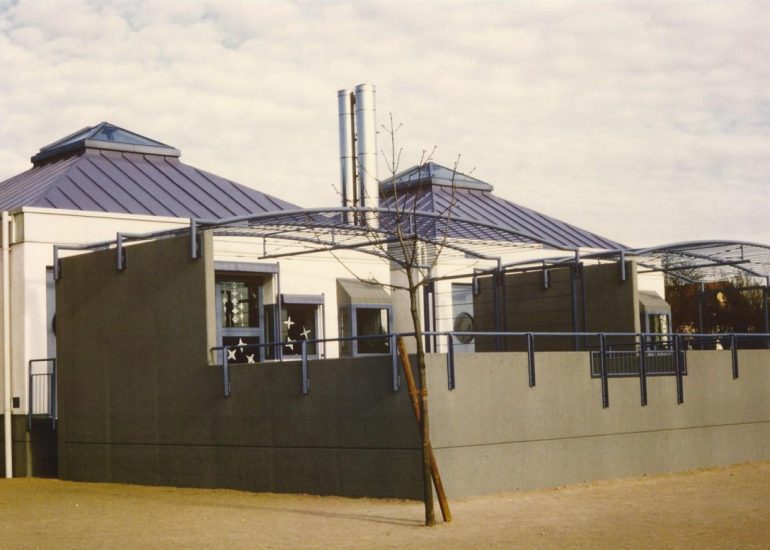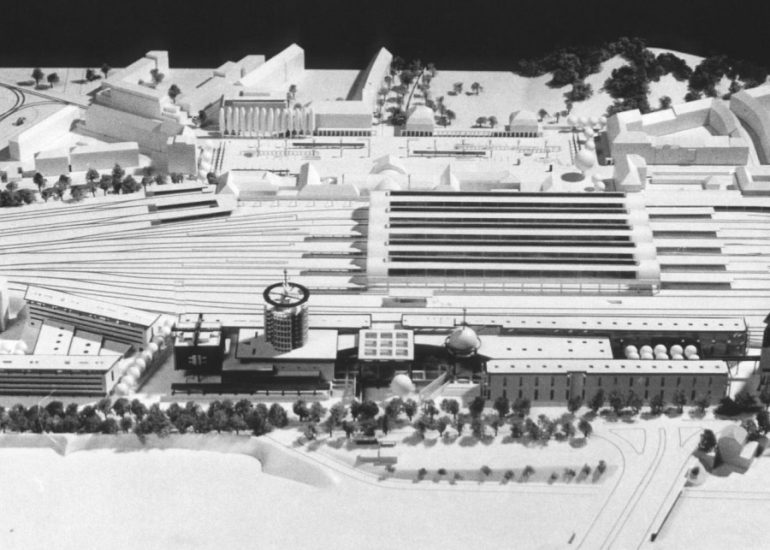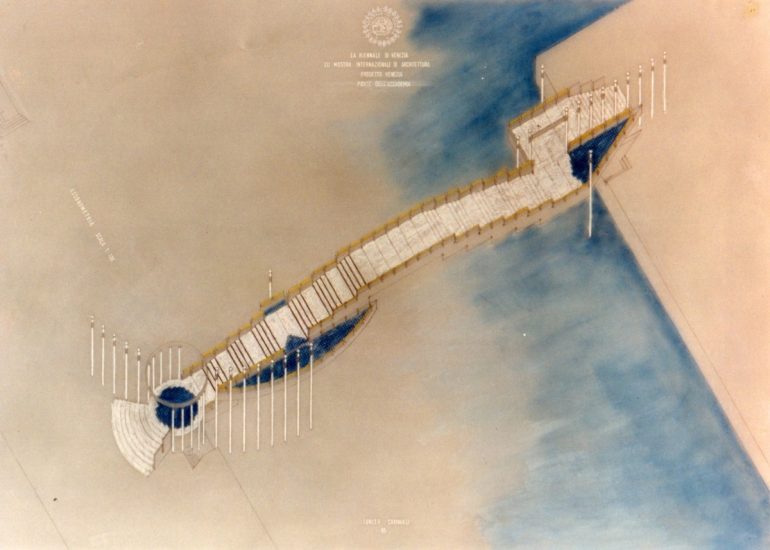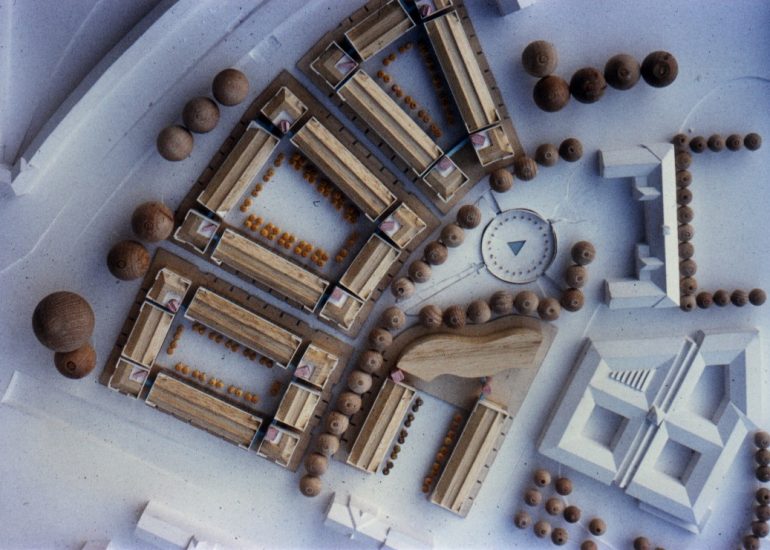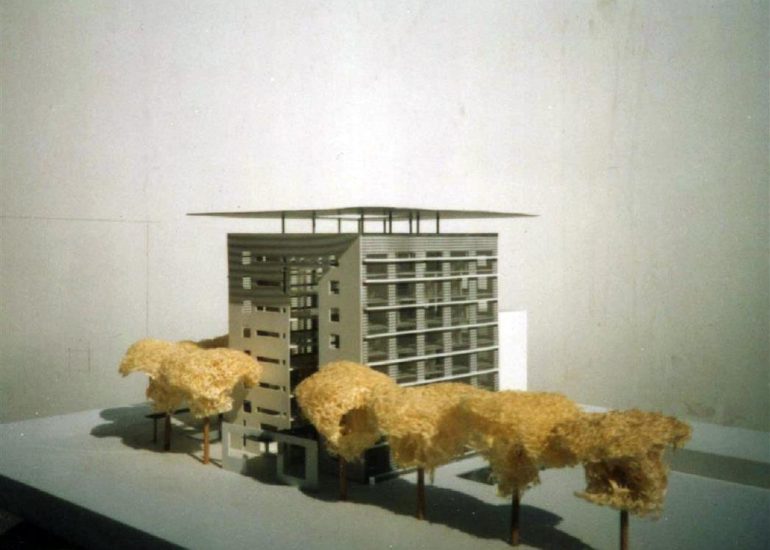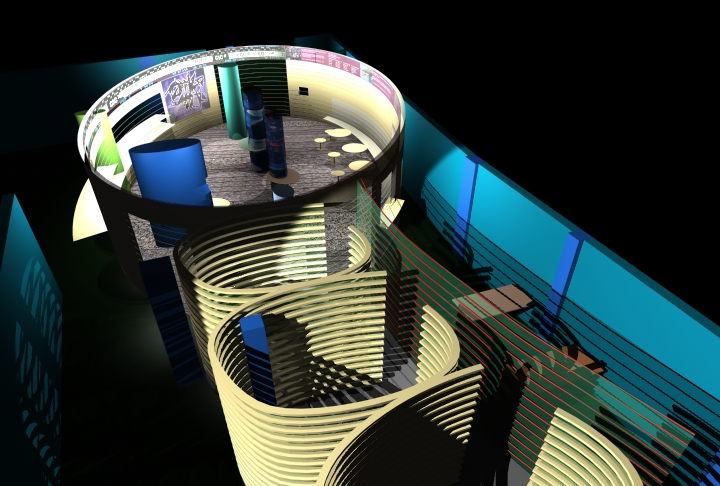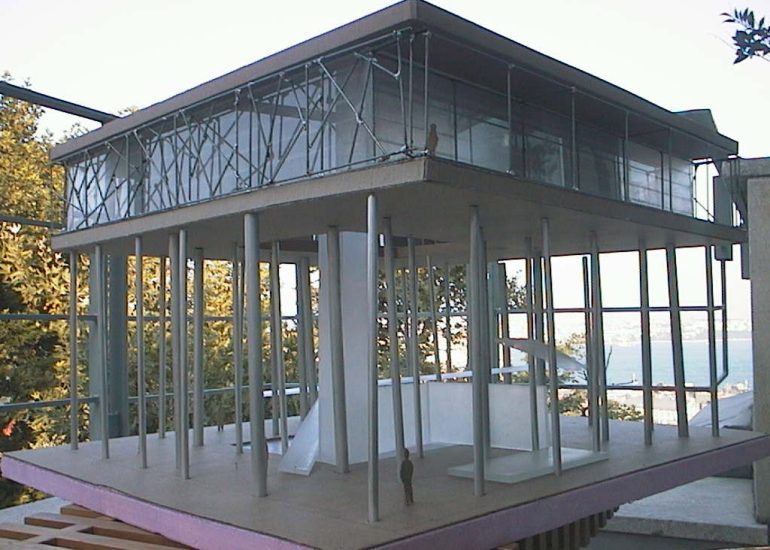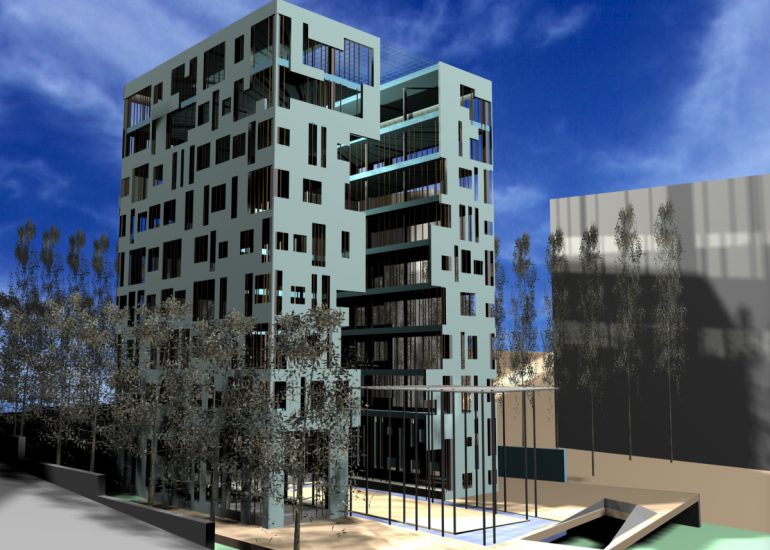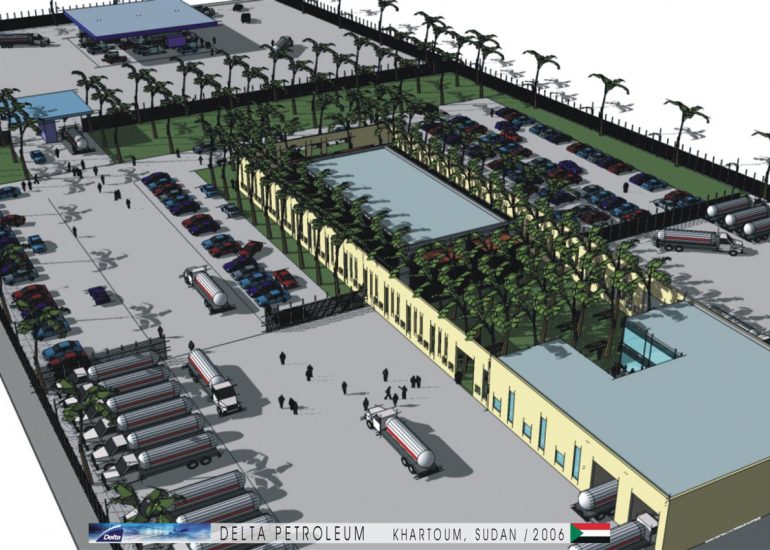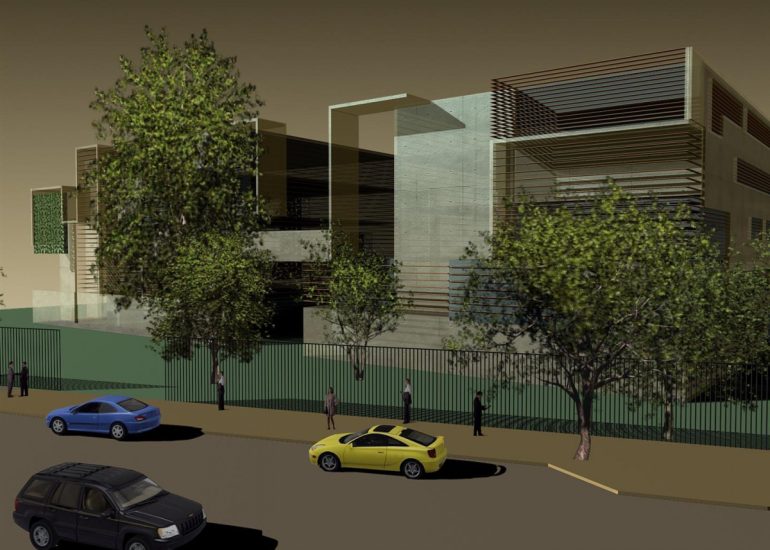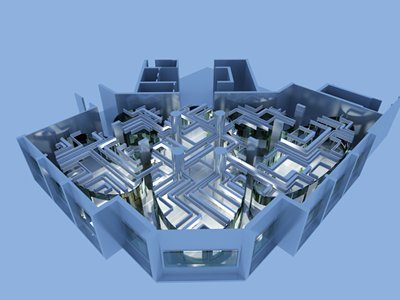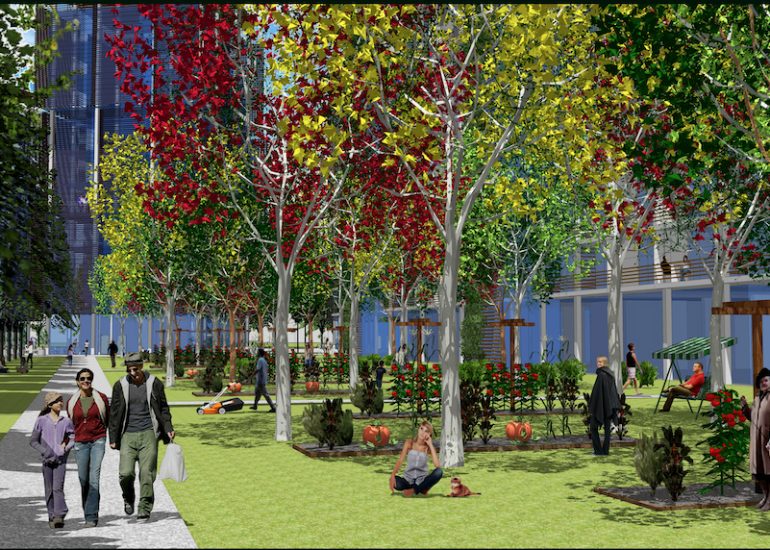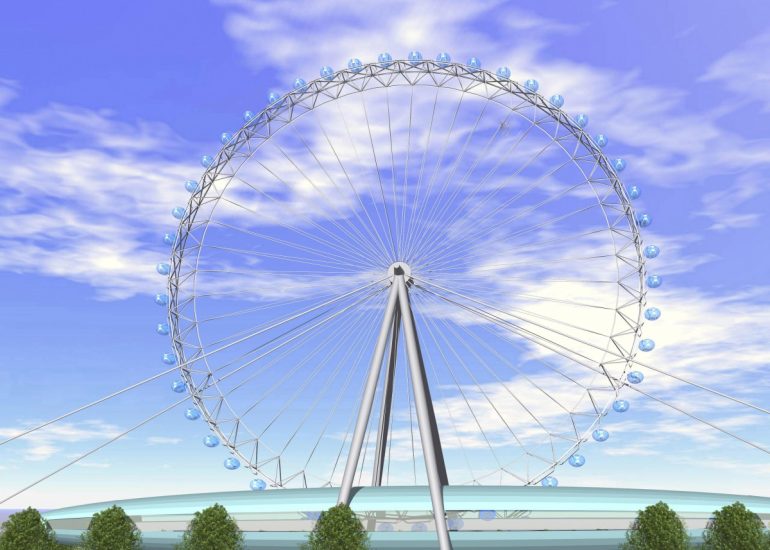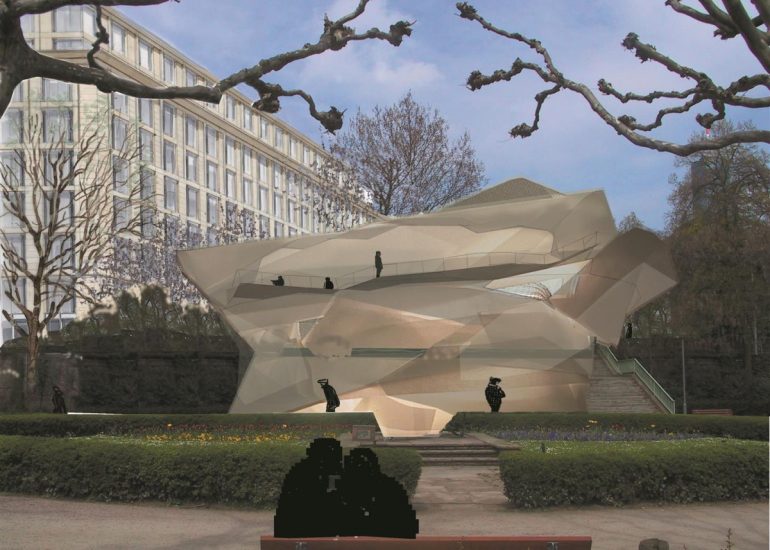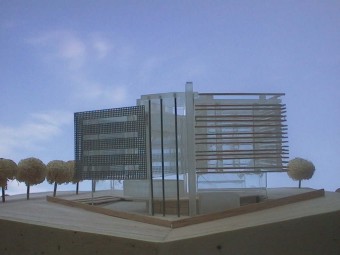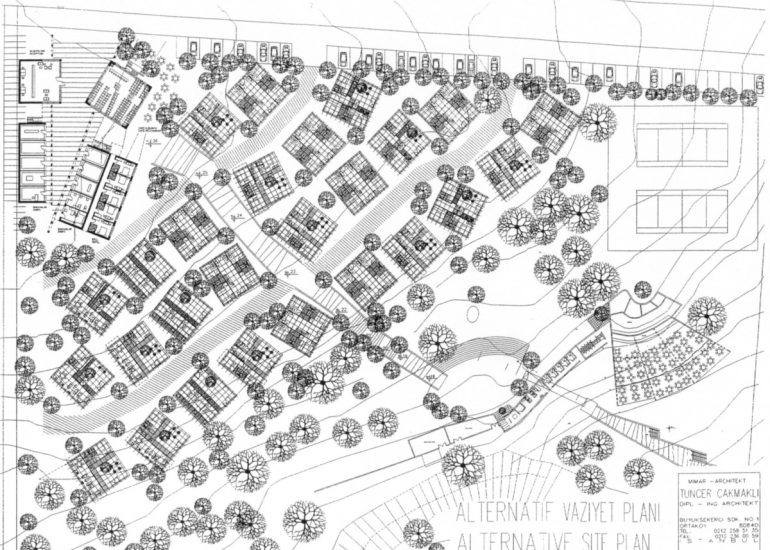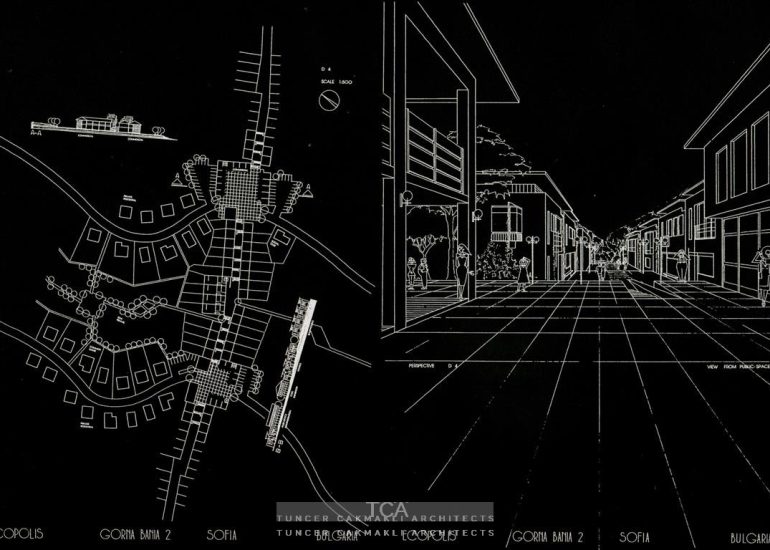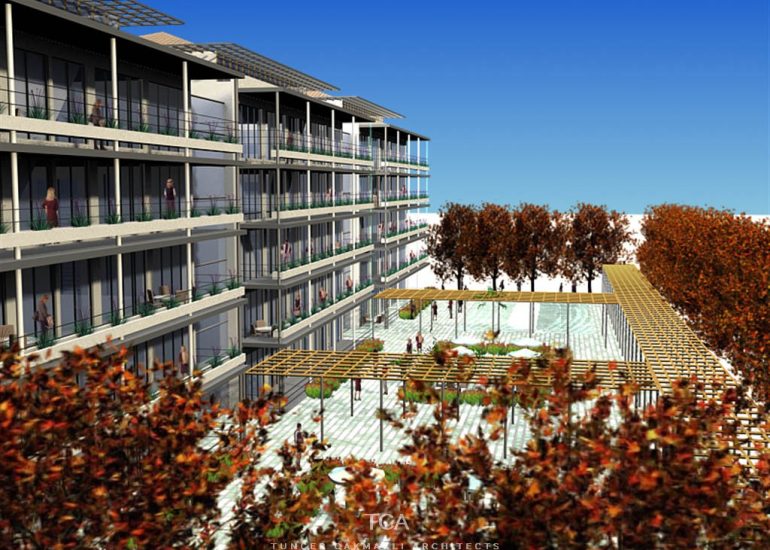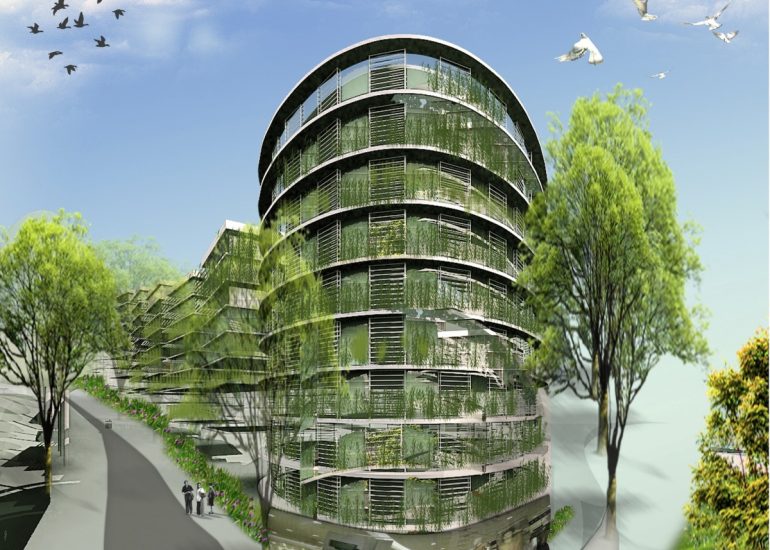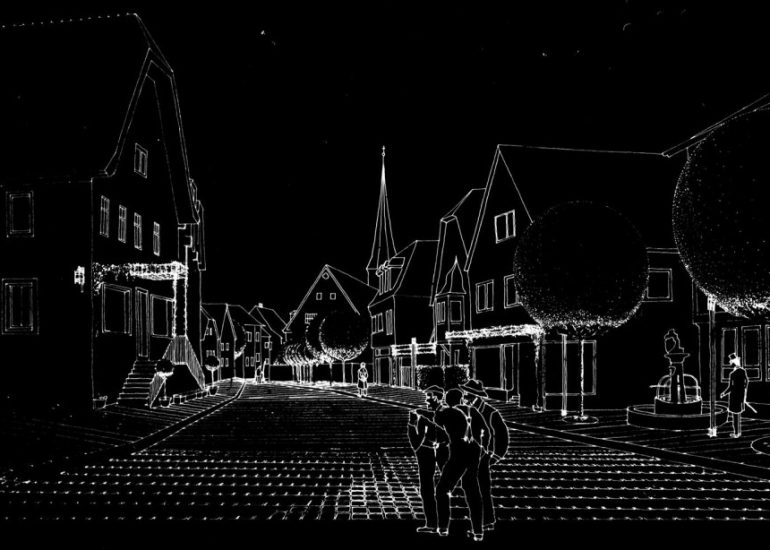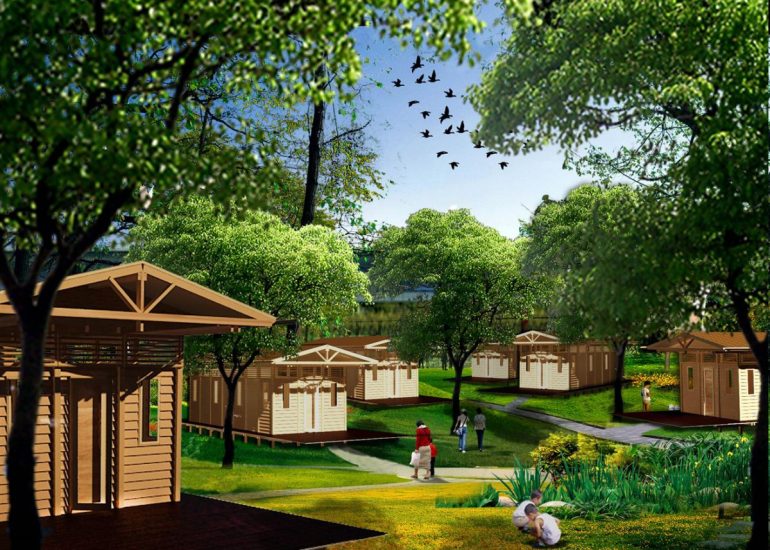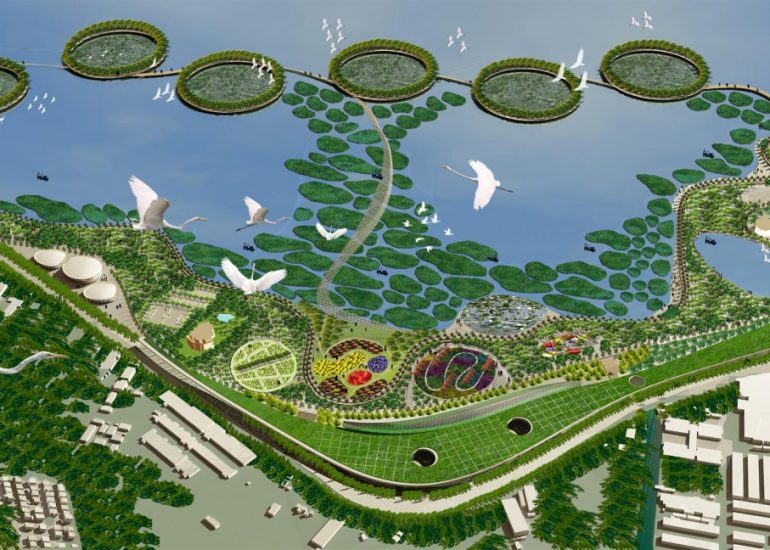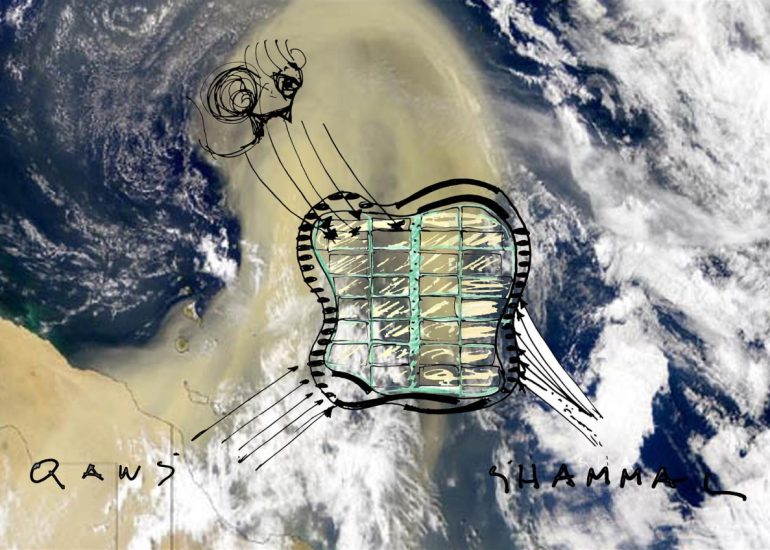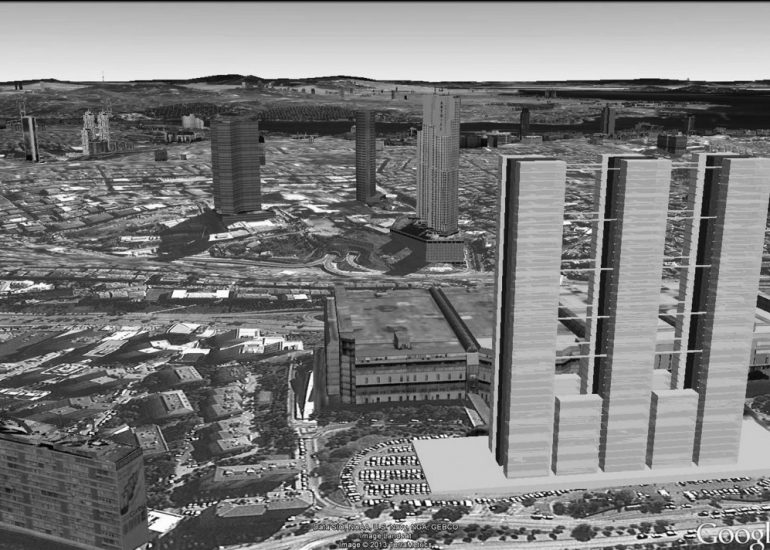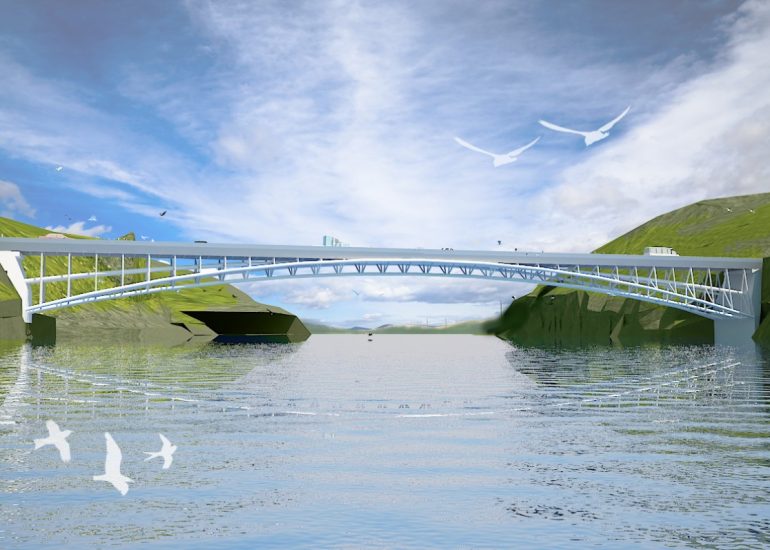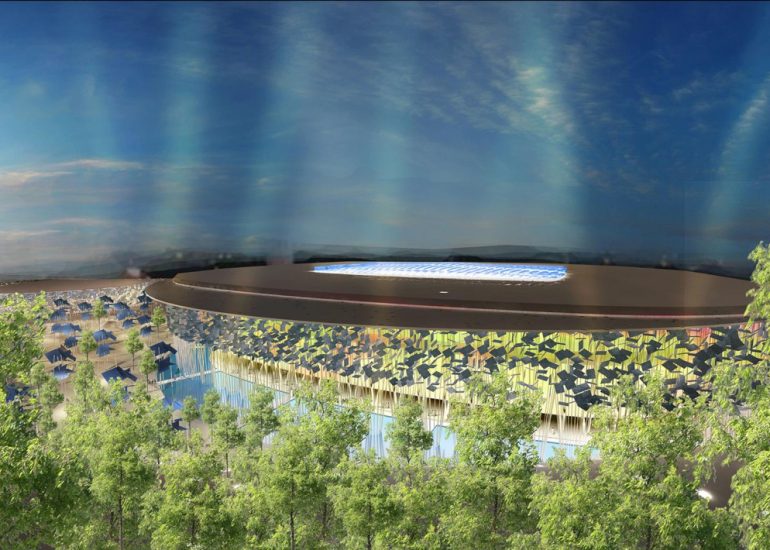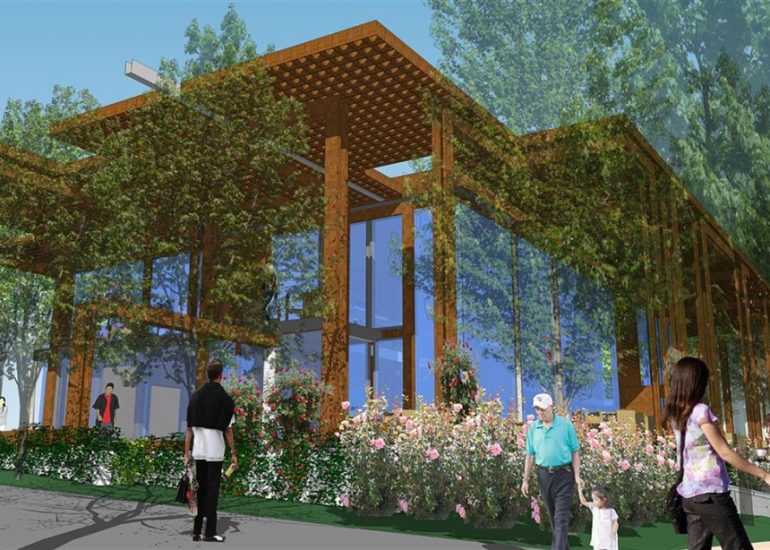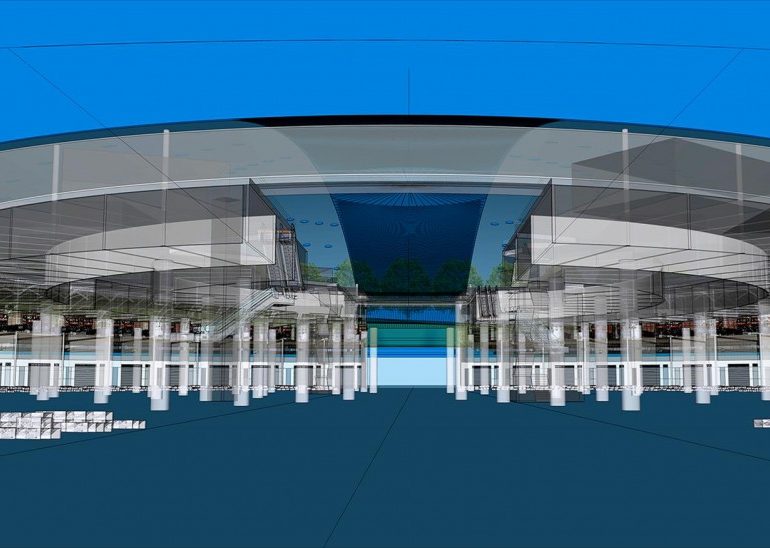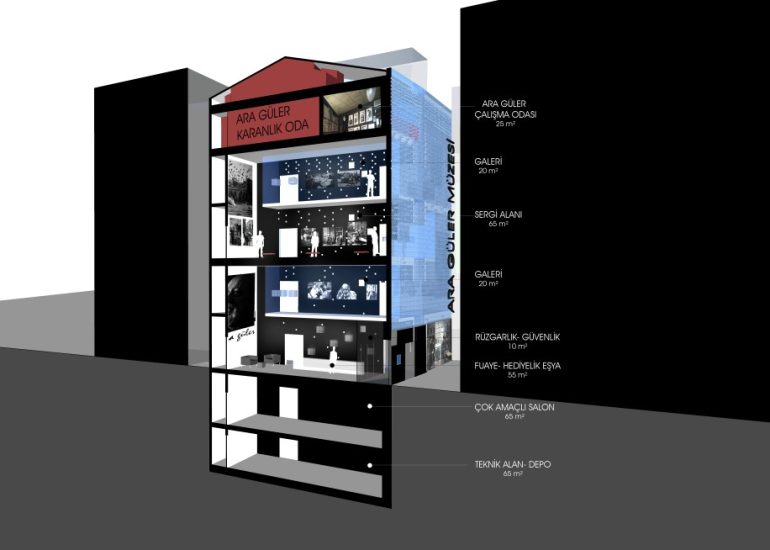Riyadh Mosque
Saudı Arabıa
AREA
1500 m²
YEAR
2013
In the still of the night, when the world outside is silent, the TCA architects work. They search for the perfect solution, the perfect form, the perfect dream. For in architecture, every design is a poem, and every line drawn is a verse in the endless pursuit of creating a better world.
There are places in every city that are more than a mere fabric of streets and façades. They are carriers of signs, symbols that shape a community and inscribe its memory into the future. The commission to build, in the very heart of Riyadh, a mosque that is simultaneously a foundation and an urban center with commercial spaces, is more than an architectural program. It is a demand to speak a language that tells of sanctity and of economy at once, without one desecrating the other.
The mosque – for centuries it has been a place of gathering, of contemplative order, of ritual rhythm in which the individual and the community turn toward transcendence. It is not only a built space; it is semiotics in stone: the orientation toward Mecca as an arrow of meaning, the minaret as a voice in the urban palimpsest, the courtyard as a stage of encounter. Every architectural gesture in this context is a sentence in a language that has grown over generations.
Yet here, in the center of Riyadh, a second syntax joins this sacred vocabulary: the commercial spaces, conceived as an endowment. They are not merely economic surfaces but expressions of a social contract. For the patron – the Saudi prince who acts in the name of his father – inscribes through this gesture a chapter of continuity: a building that is at once spiritual heritage and economic foundation for the community and its future.
The task of TCA – Tuncer Cakmaklı Architects is therefore not only to build, but to interpret. One must read as a philologist does: the signs of tradition, the texts of Islamic geometry, the invisible strata of the city of Riyadh. And one must write them anew, without violating the grammar. Architecture here is, as in a medieval manuscript, a palimpsest: the new laid over the old, yet the previous always discernible.
The mosque must not only be space, but sign. It must mark, within the dense texture of the city, a point of gathering, a silent center that acts like a breath. At the same time, the commercial spaces must not appear as a profane appendix, but as part of the greater whole: as pillars carrying the memory of the foundation, as economic resonances extending the sacred space into the durability of time.
It is within this tension – between sacredness and functionality, between tradition and modernity – that the true task lies. It is akin to the work of the interpreter of ancient texts: one must preserve the word, yet speak it anew. The architecture of TCA can here become a hermeneutics: a reading of Islam that also thinks of urbanity; a morphology that unites heaven and earth within a single construction.
And so, the commission is not merely the erection of a building. It is the creation of a symbol, a sign at the heart of Riyadh, one that will endure for centuries. A construction that narrates – of faith, of community, of responsibility, and of the infinite human capacity to bestow meaning through architecture.
———————————————————————————————————————————————————
Her şehirde yalnızca sokaklar ve cephelerin dokusundan ibaret olmayan mekânlar vardır. Onlar birer işaret taşıyıcısıdır; bir topluluğu şekillendiren, onun hafızasını geleceğe kaydeden sembollerdir. Riyad’ın kalbinde, aynı zamanda bir vakıf ve ticari mekânlarla birlikte kentsel bir merkez olacak bir caminin inşa edilmesi görevi, yalnızca mimari bir program değildir. Bu görev, kutsallık ve ekonomi hakkında aynı anda konuşan bir dil kurmayı gerektirir; öyle ki biri diğerini kirletmeden, birbirini besleyerek.
Cami – yüzyıllar boyunca bir toplanma yeri, tefekkür düzeninin mekânı, bireyin ve cemaatin aşkınlığa yöneldiği ritüel ritmin alanı olmuştur. O yalnızca inşa edilmiş bir boşluk değildir; taşa işlenmiş bir göstergebilimdir: Mekke’ye yöneliş bir anlam oku olarak, minare kentsel palimpsest içinde bir ses olarak, avlu ise karşılaşmanın sahnesi olarak durur. Bu bağlamdaki her mimari jest, nesiller boyunca gelişmiş bir dilin içinde yazılmış bir cümledir.
Ama burada, Riyad’ın merkezinde, bu kutsal sözlüğe ikinci bir söz dizimi eklenir: vakıf olarak tasarlanmış ticaret mekânları. Onlar yalnızca ekonomik yüzeyler değildir; bir toplumsal sözleşmenin ifadesidir. Zira bu vakfı – babası adına hareket eden Suudi prens – sürekliliğin bir bölümü olarak yazar: hem manevi miras hem de cemiyet ve geleceği için ekonomik temel oluşturan bir yapı.
TCA – Tuncer Cakmaklı Architects’in görevi bu nedenle yalnızca inşa etmek değil, aynı zamanda yorumlamaktır. Bir filolog gibi okumak gerekir: geleneğin işaretlerini, İslam geometrisinin metinlerini, Riyad şehrinin görünmez katmanlarını. Ve bunları grameri bozmadan yeniden yazmak gerekir. Burada mimarlık, tıpkı ortaçağ el yazmalarında olduğu gibi bir palimpsesttir: yenisi eskisinin üzerine yazılır, ama önceki daima hissedilir.
Cami yalnızca mekân değil, aynı zamanda işaret olmalıdır. Şehrin yoğun dokusu içinde bir toplanma noktası, bir nefes gibi işleyen sessiz bir merkez olmalıdır. Aynı anda ticari mekânlar da kutsal yapıya sıradan bir eklenti gibi görünmemeli; bütünün ayrılmaz bir parçası olmalıdır: vakıf hafızasını taşıyan sütunlar, kutsal mekânı zamanın sürekliliğine uzatan ekonomik yankılar gibi.
Gerçek görev işte bu gerilimdedir – kutsallık ile işlevsellik, gelenek ile modernite arasındaki ince çizgide. Bu, eski metinleri yorumlayan bir bilginin işiyle kıyaslanabilir: kelimeyi korumak ama aynı zamanda onu yeniden söylemek. TCA’nın mimarisi burada bir hermenötiğe dönüşebilir: hem İslam’ı okuyan hem de kentselliği düşünen bir yorum; gökyüzüyle yeryüzünü tek bir yapıda birleştiren bir morfoloji.
Böylece bu görev yalnızca bir bina inşa etmek değildir. Asırlar boyu kalacak bir sembol, Riyad’ın kalbinde bir işaret yaratmaktır. İnançtan, cemaatten, sorumluluktan ve insanın mimarlık aracılığıyla anlam inşa etme sonsuz kapasitesinden söz eden bir yapı.
Budget: 1.500.000 €
Location: Riyadh, Saudi Arabia



